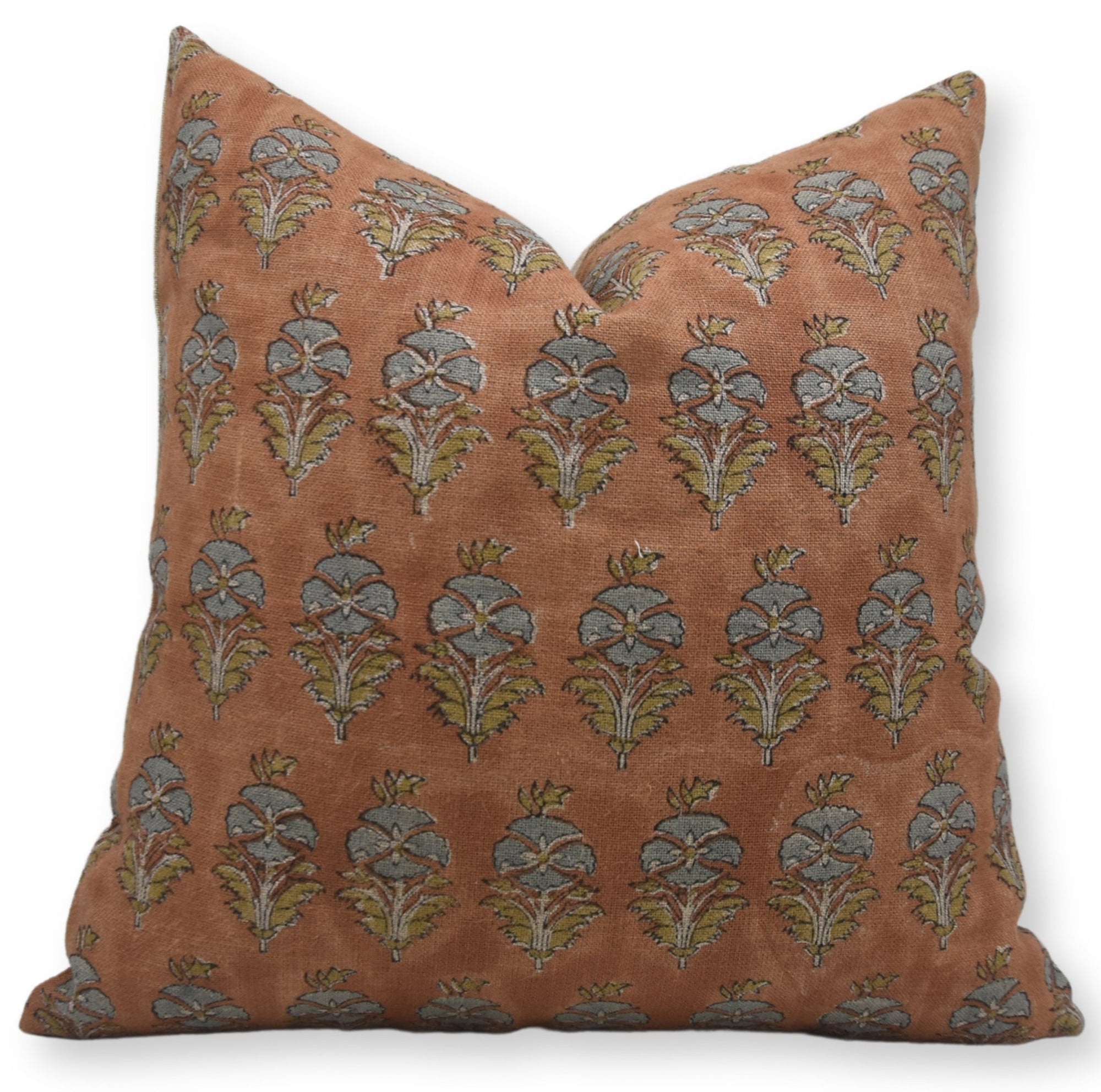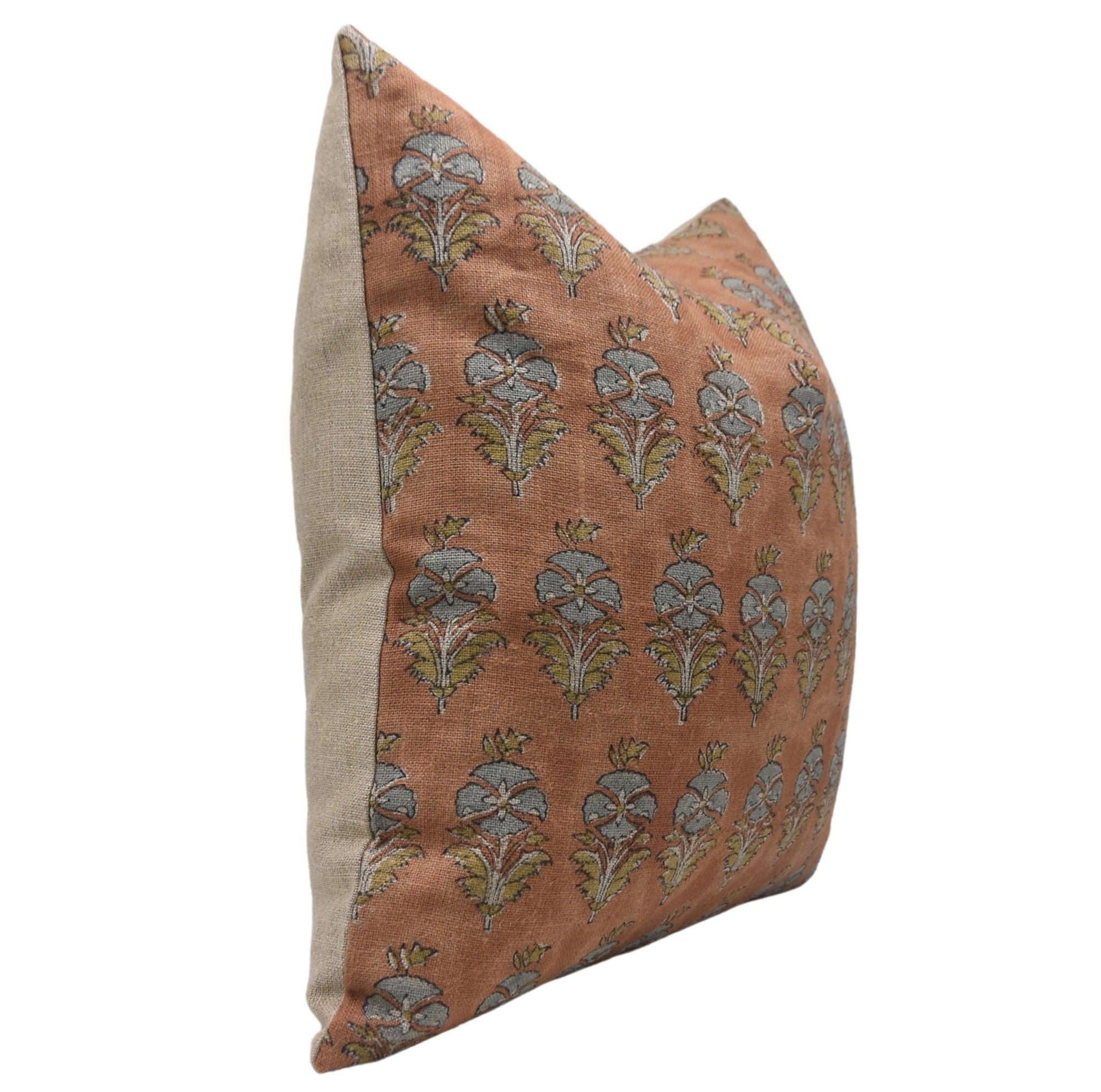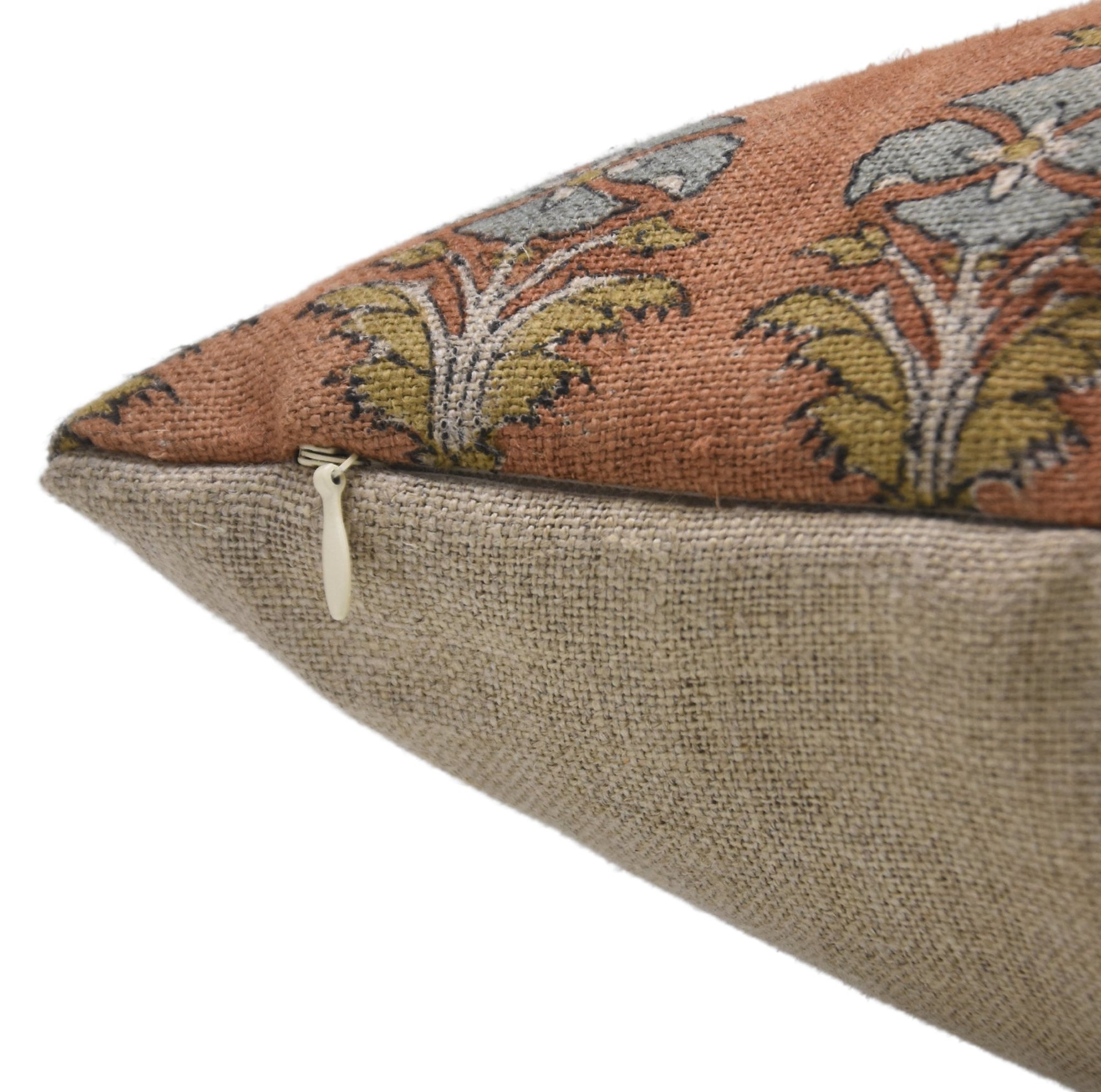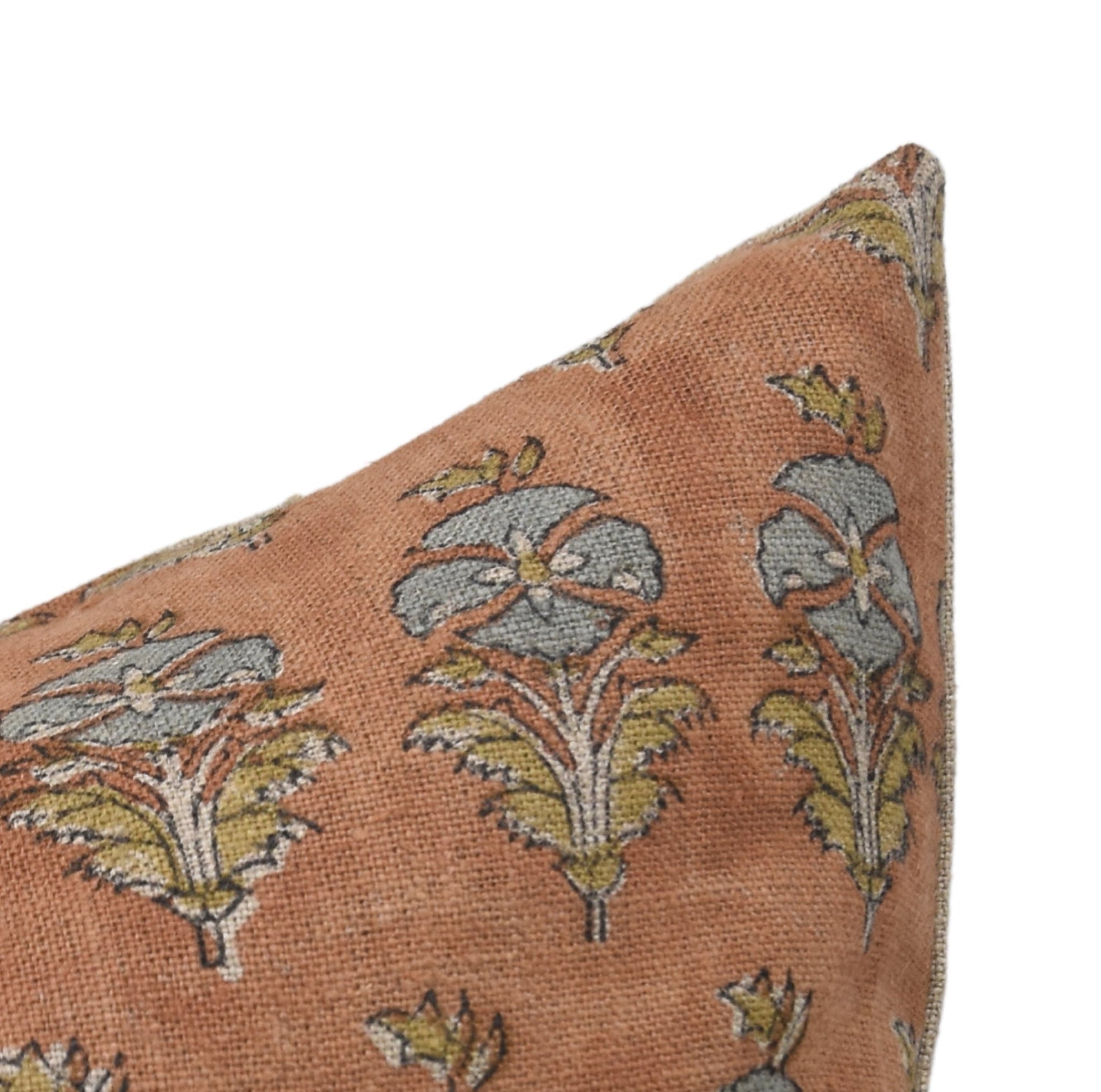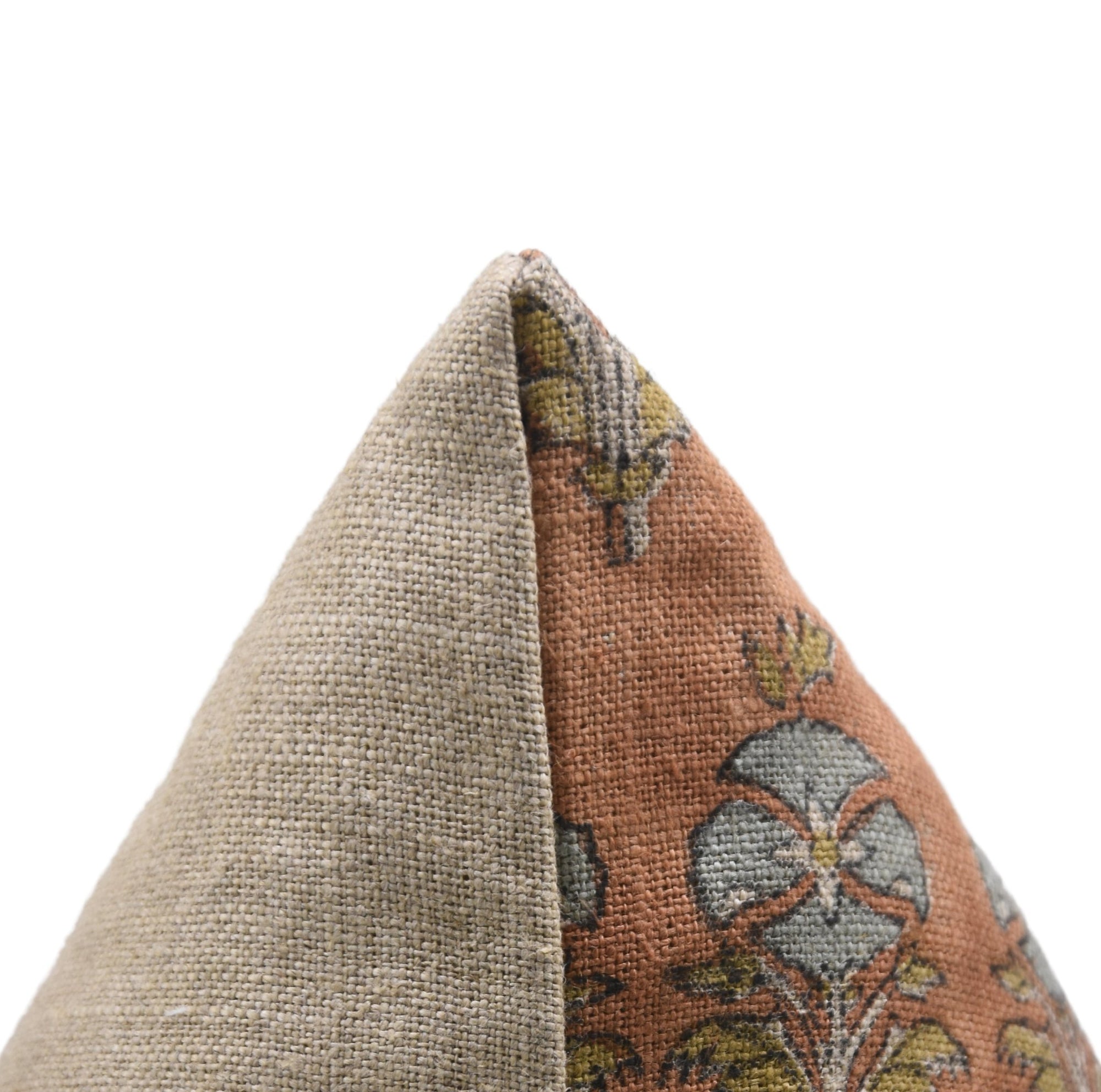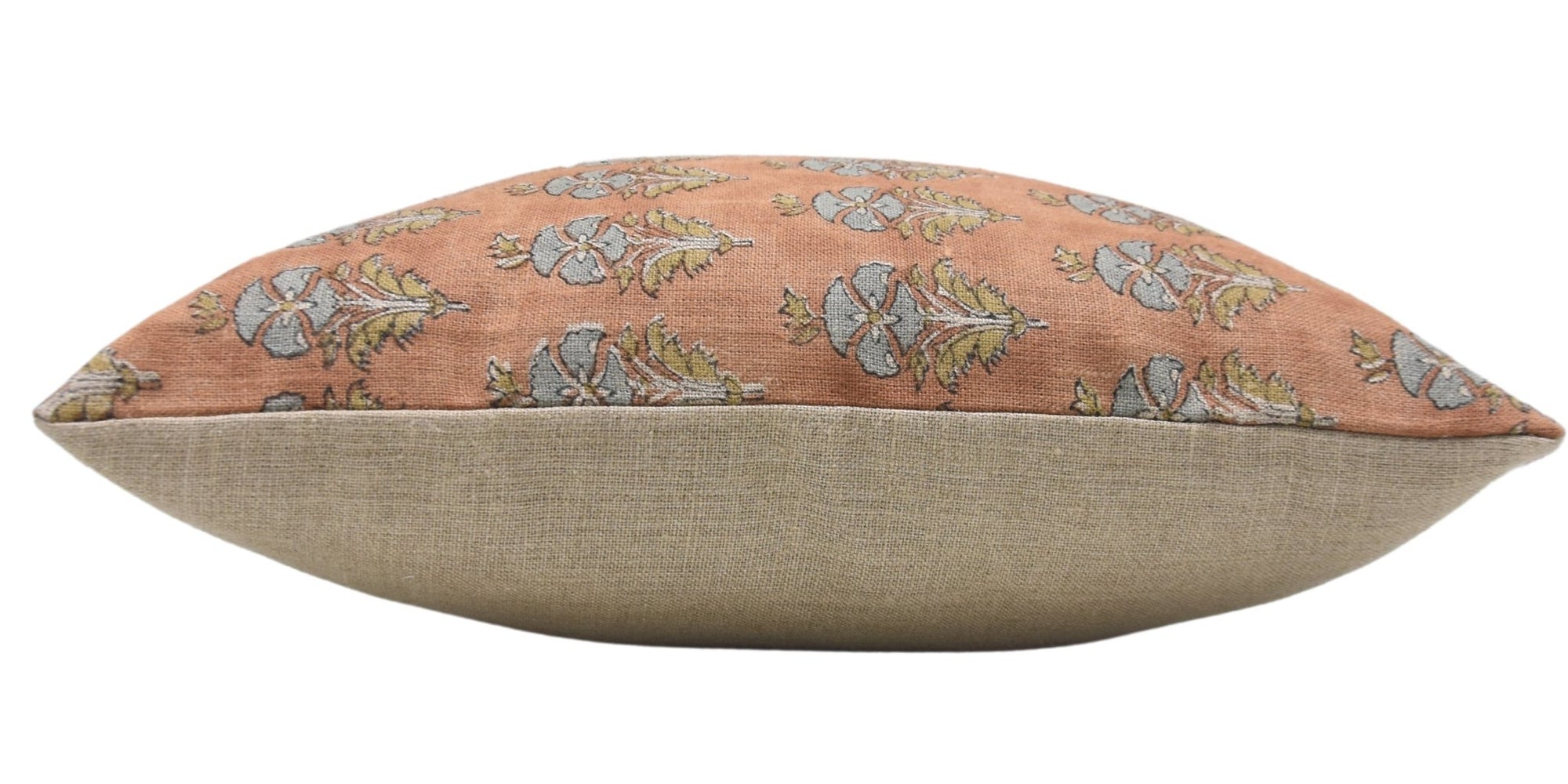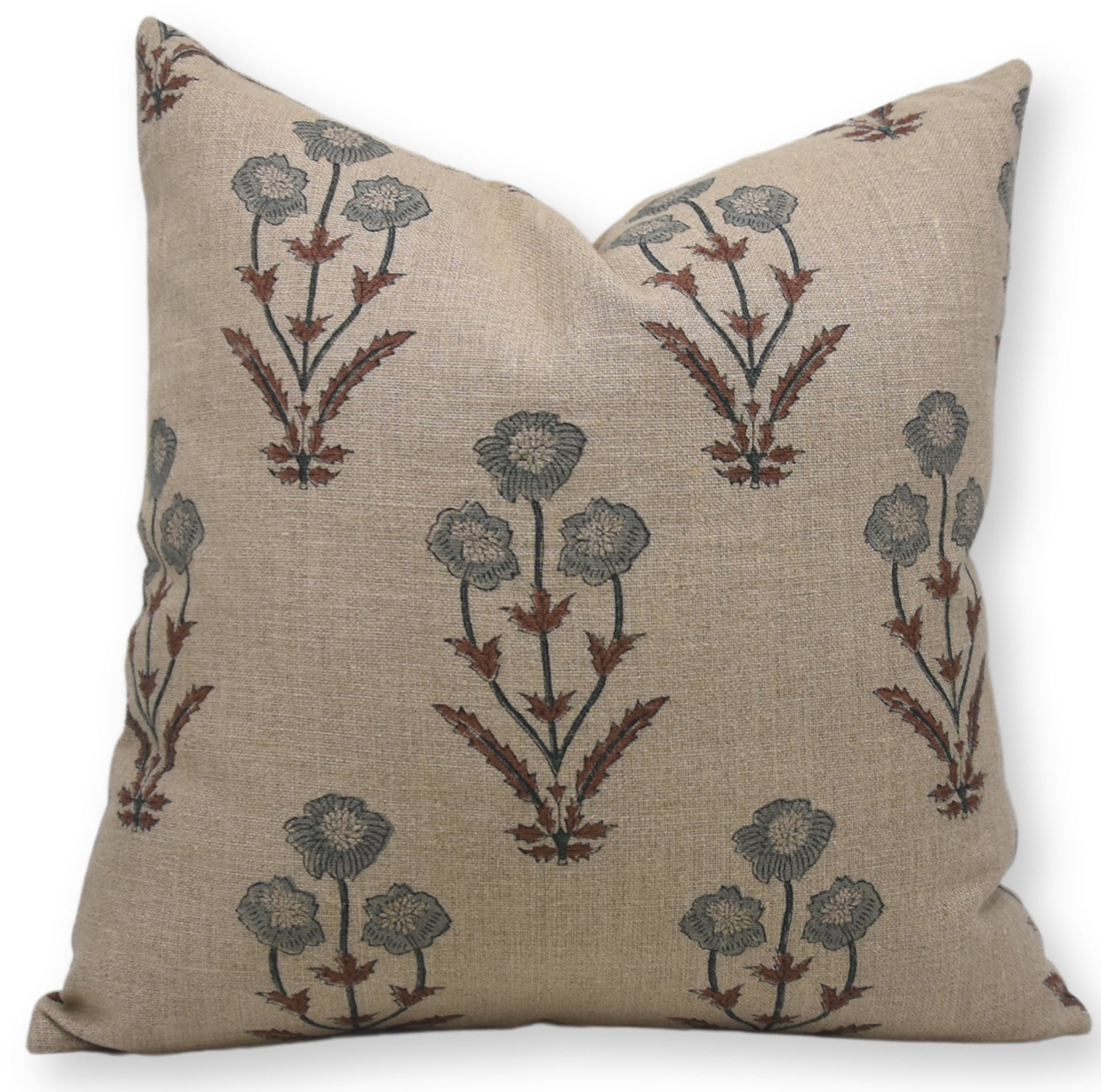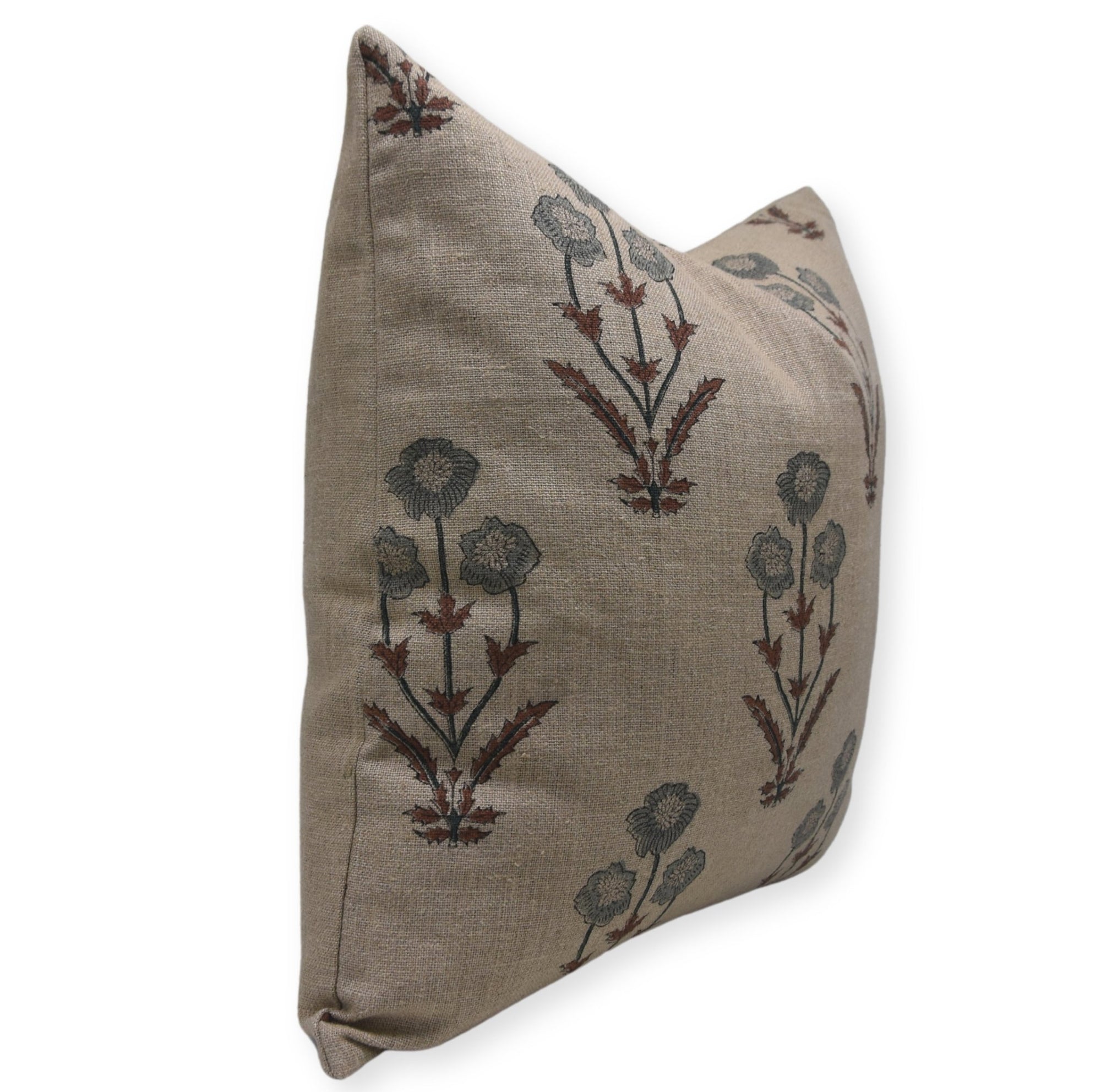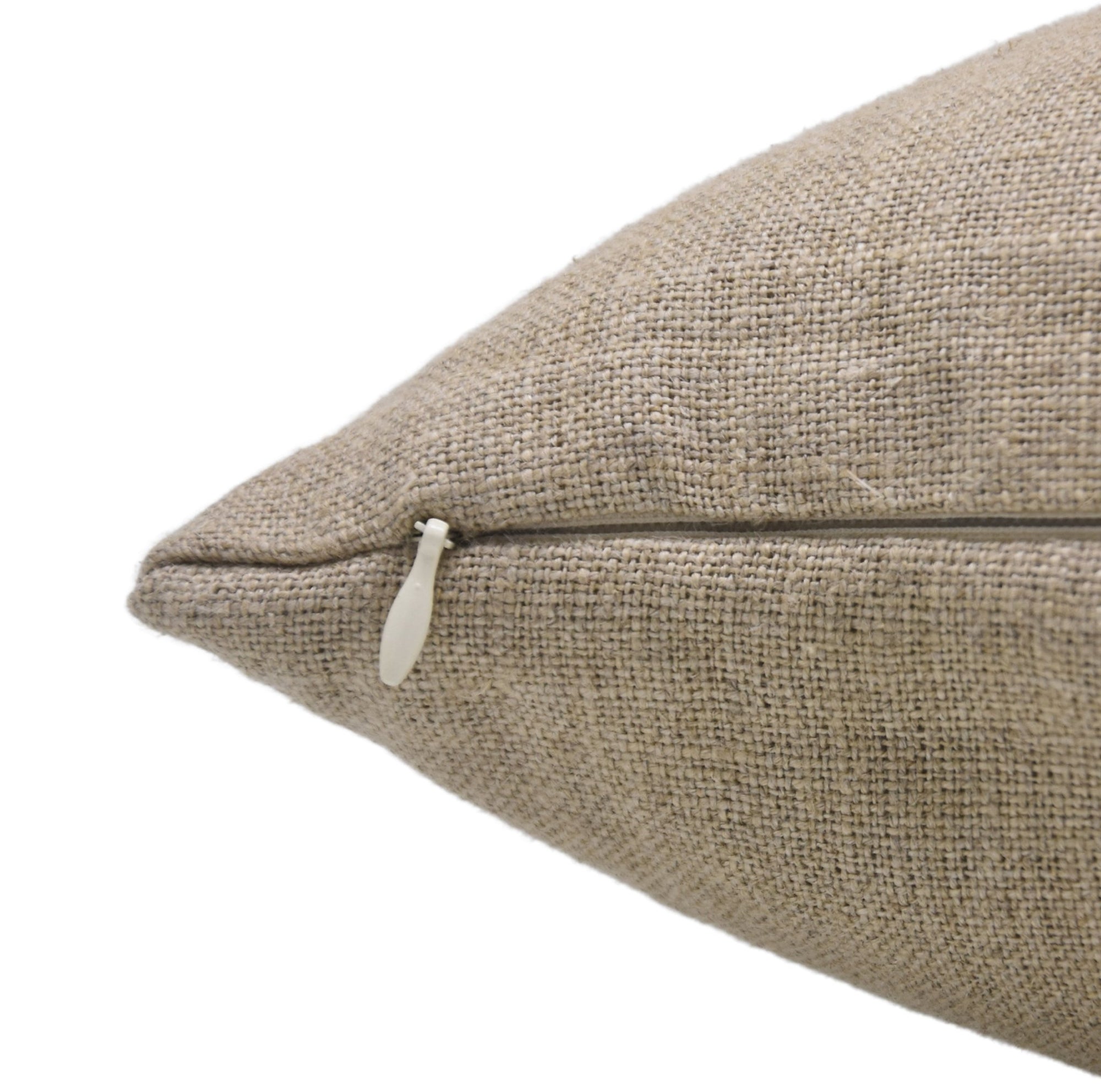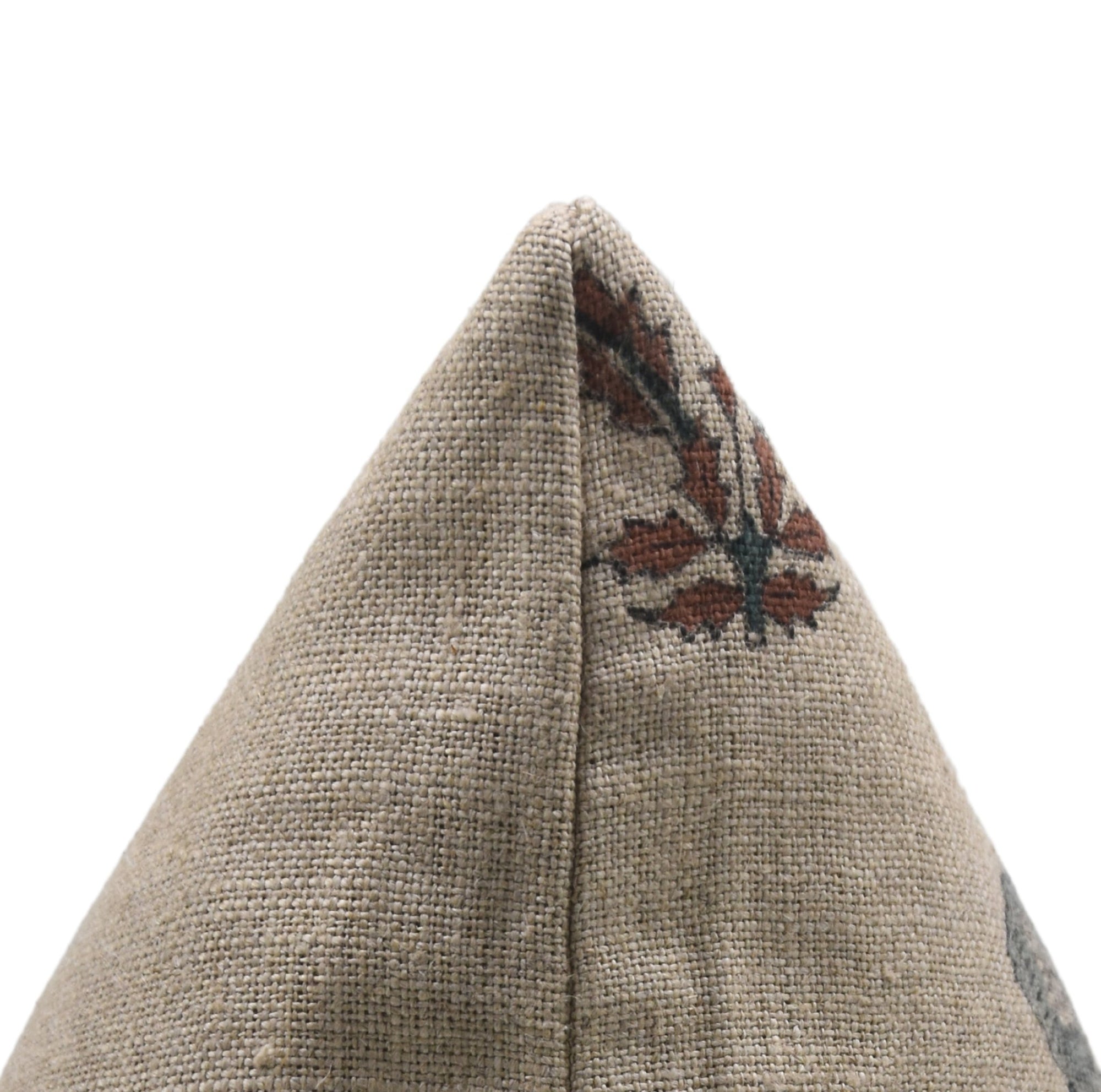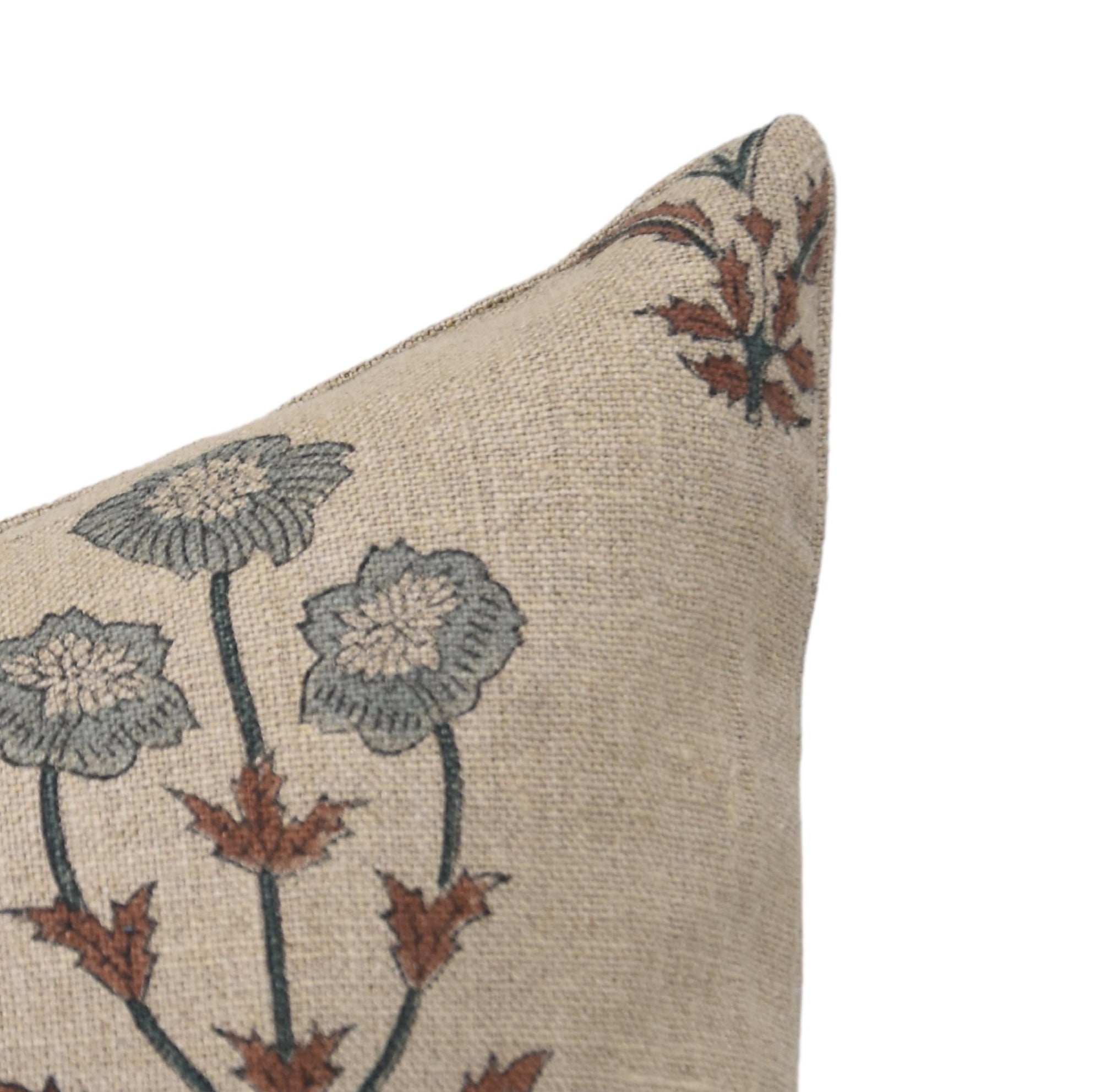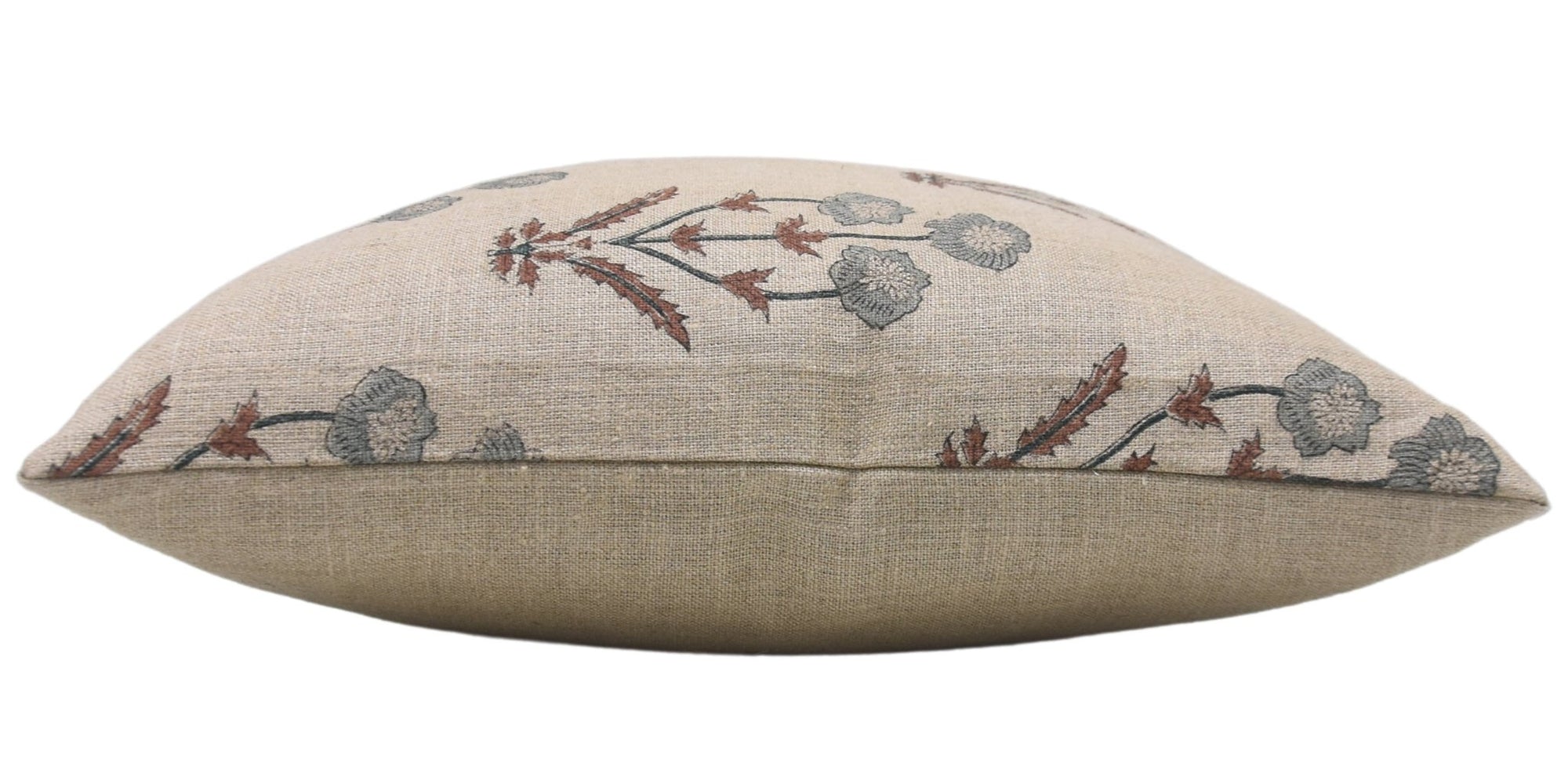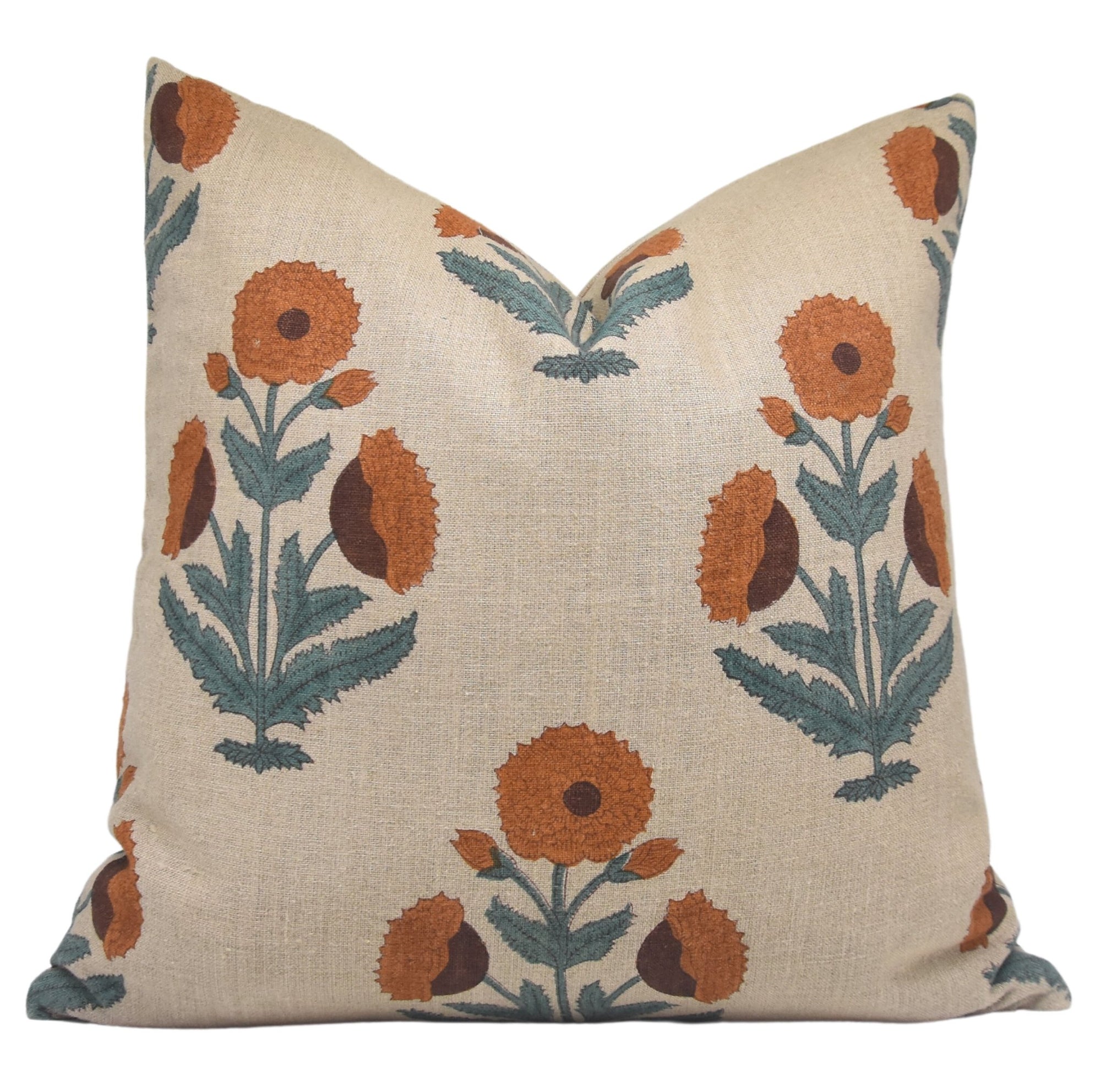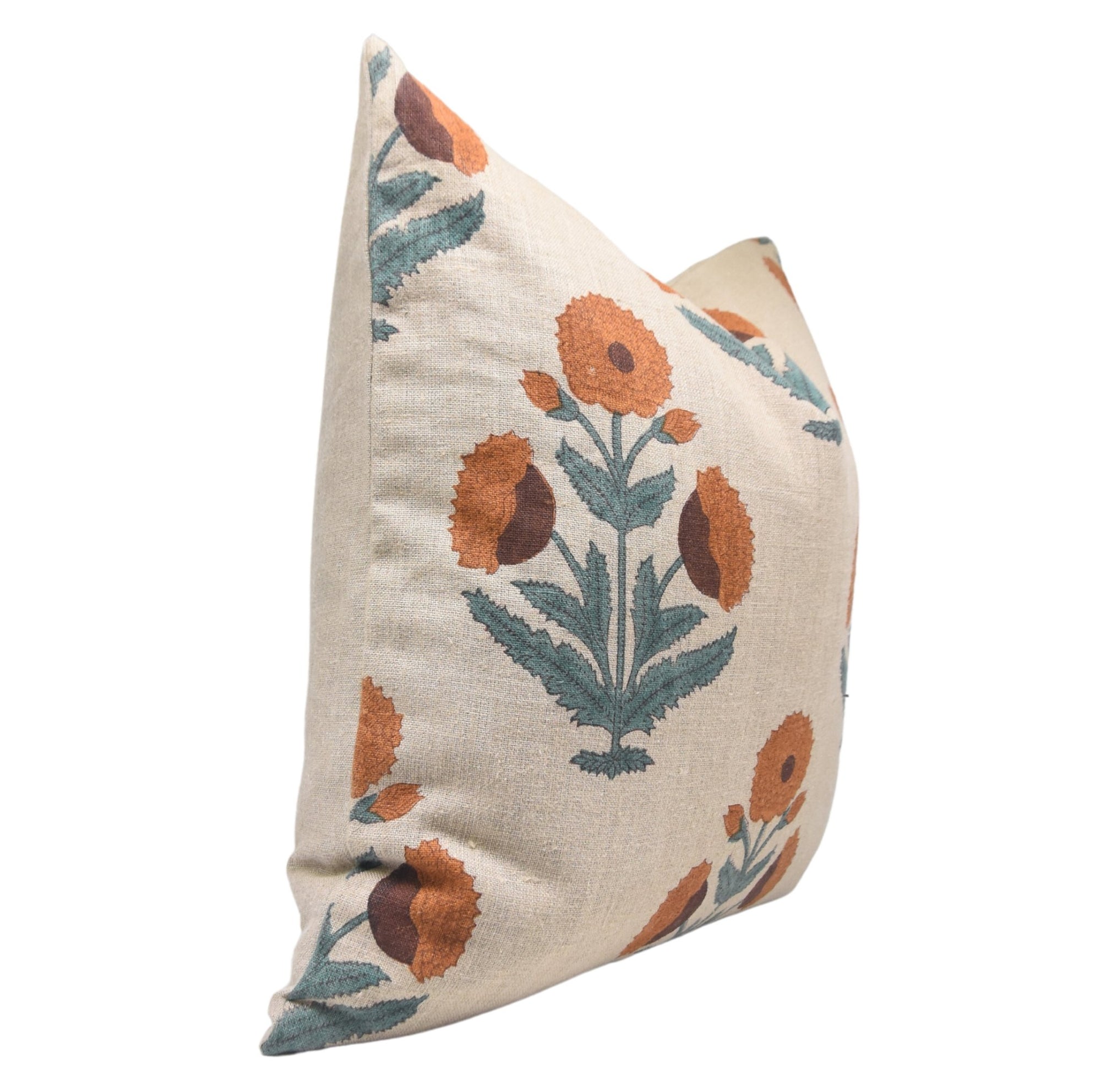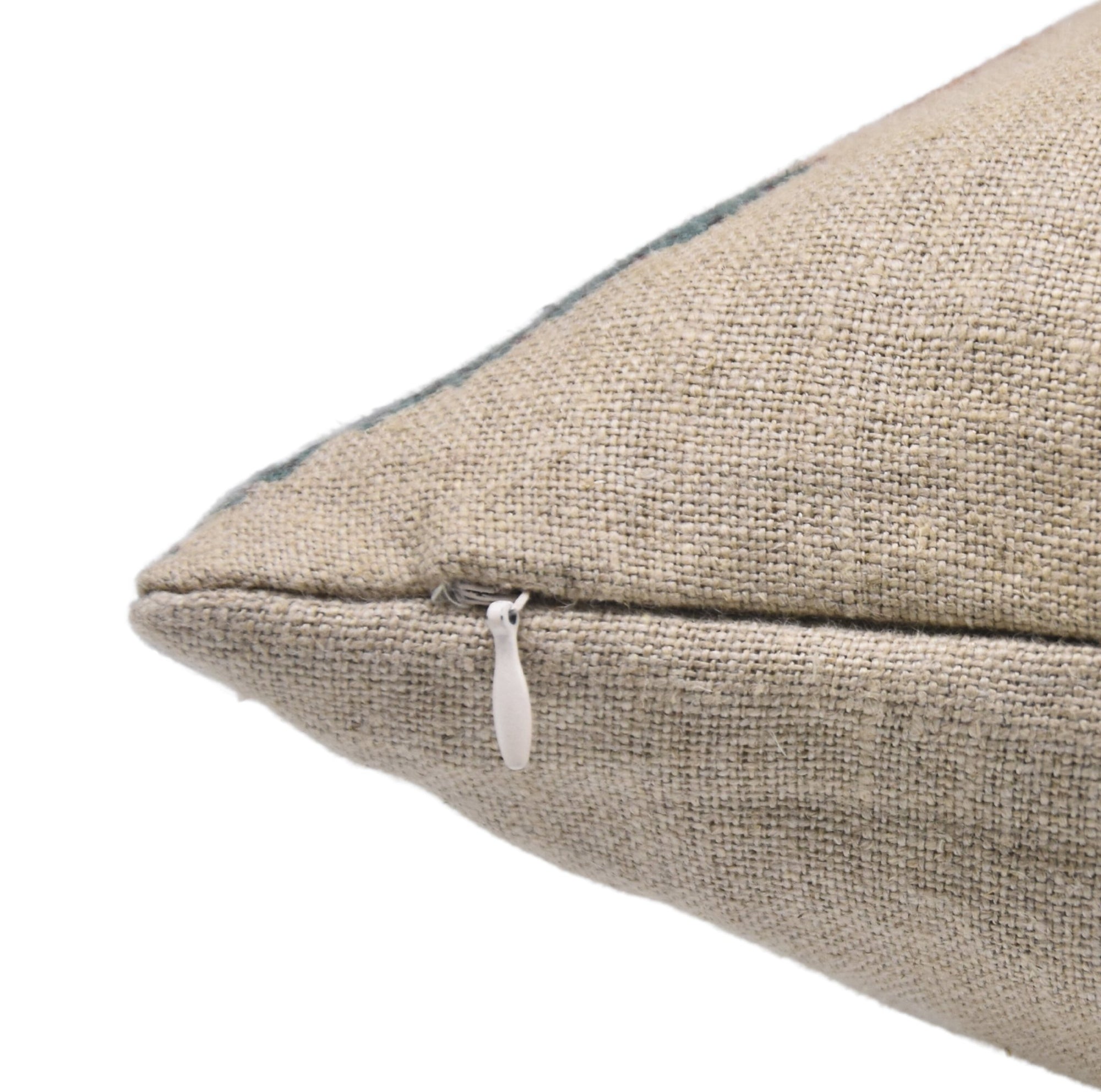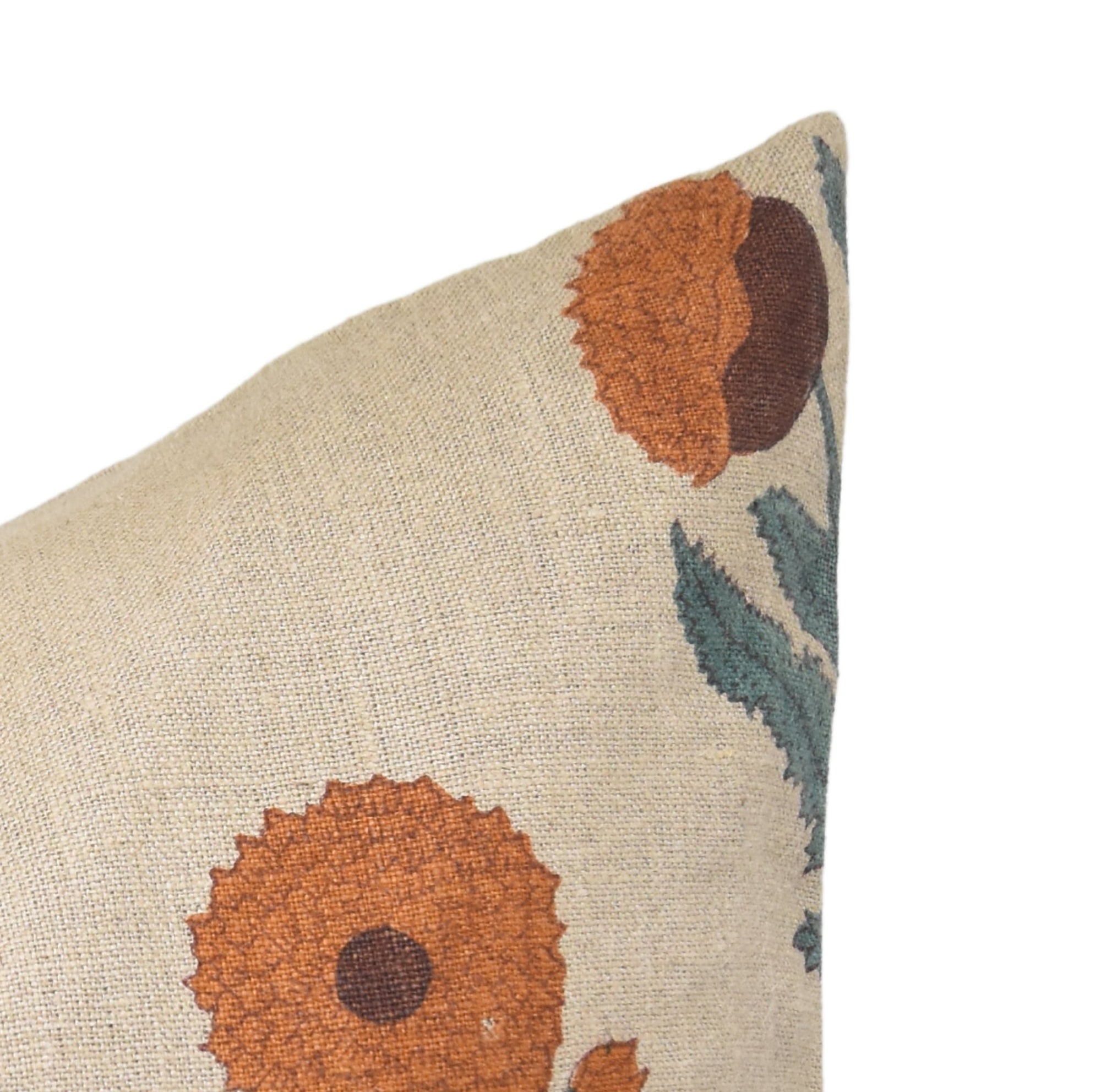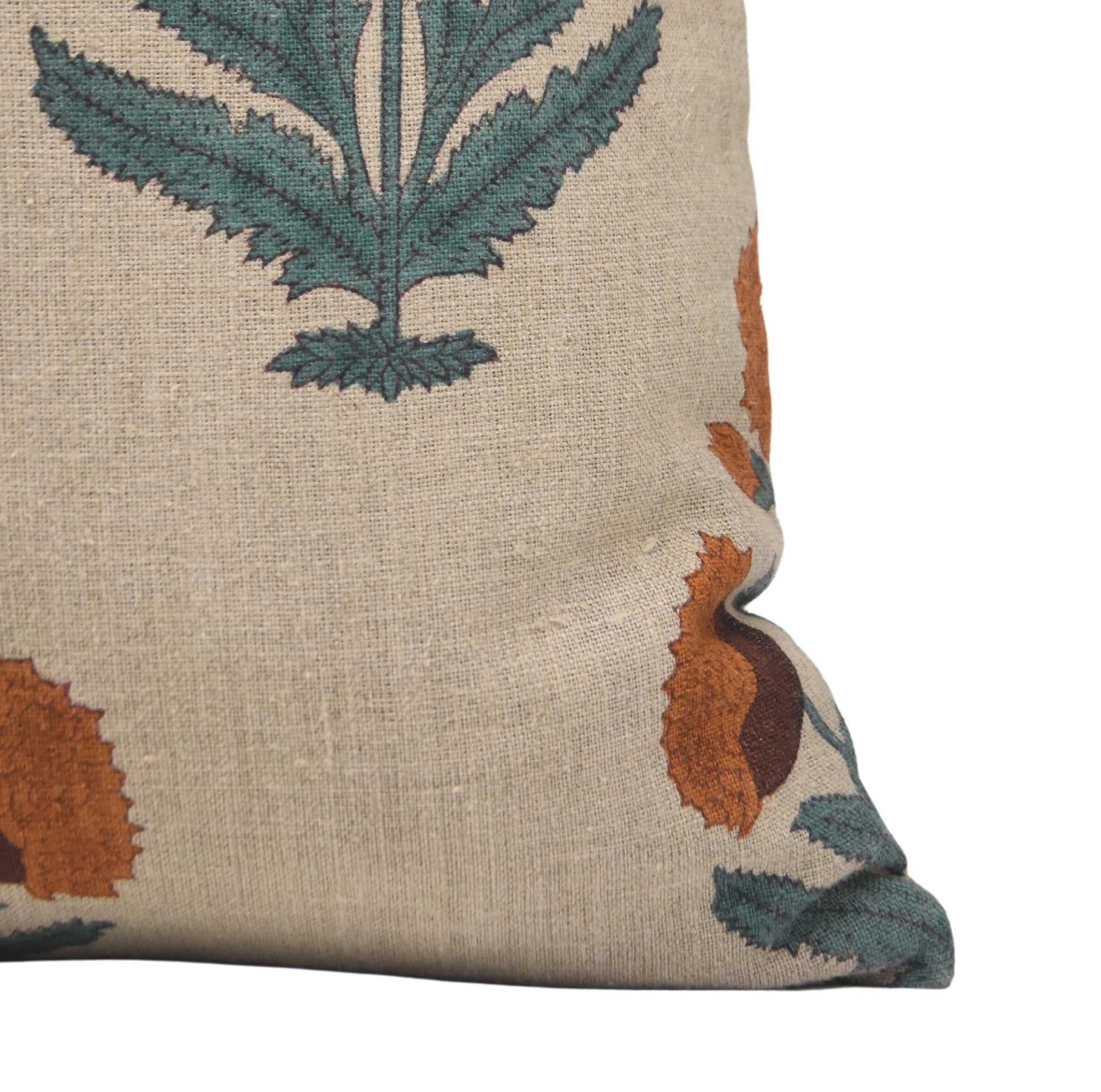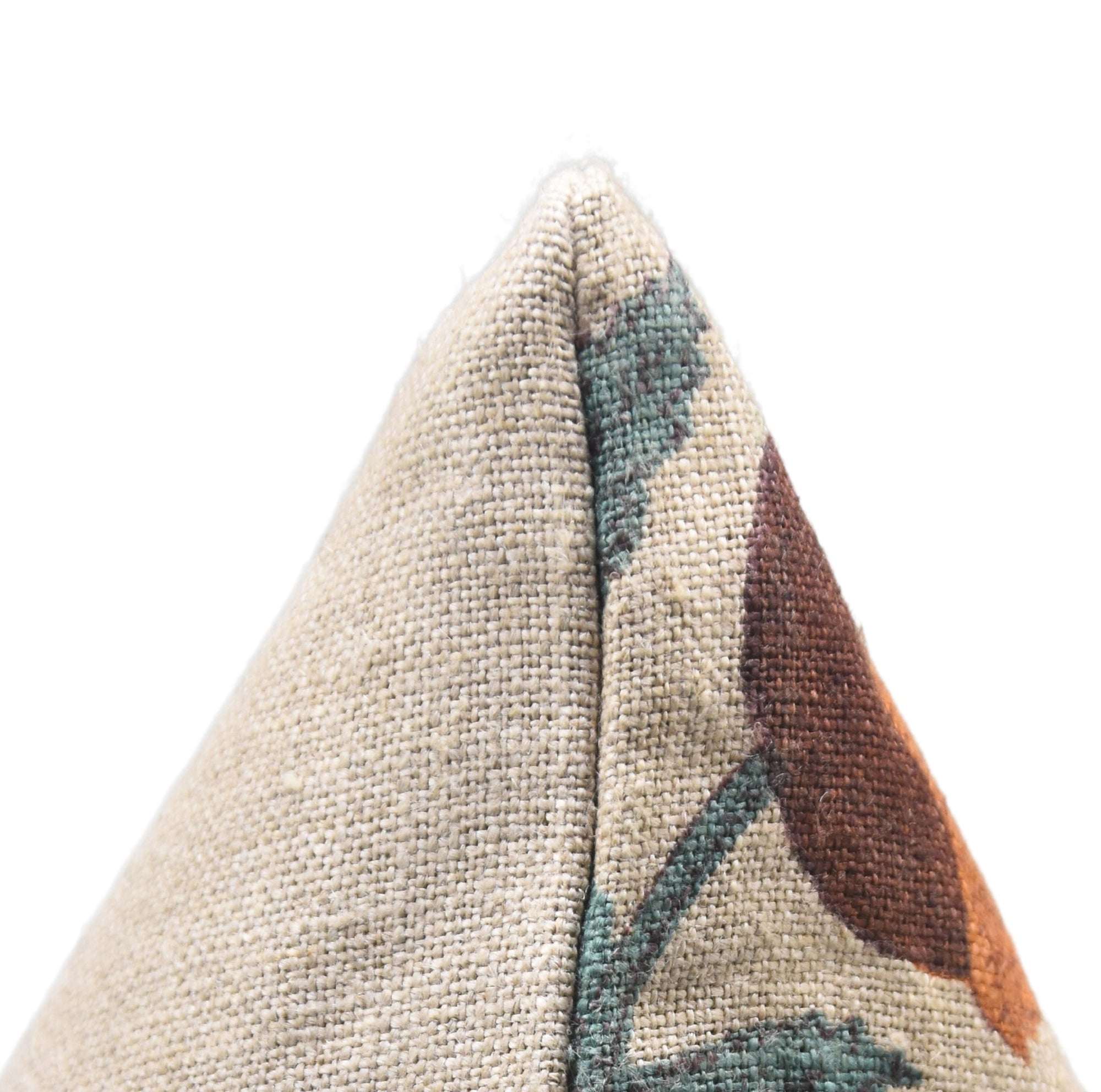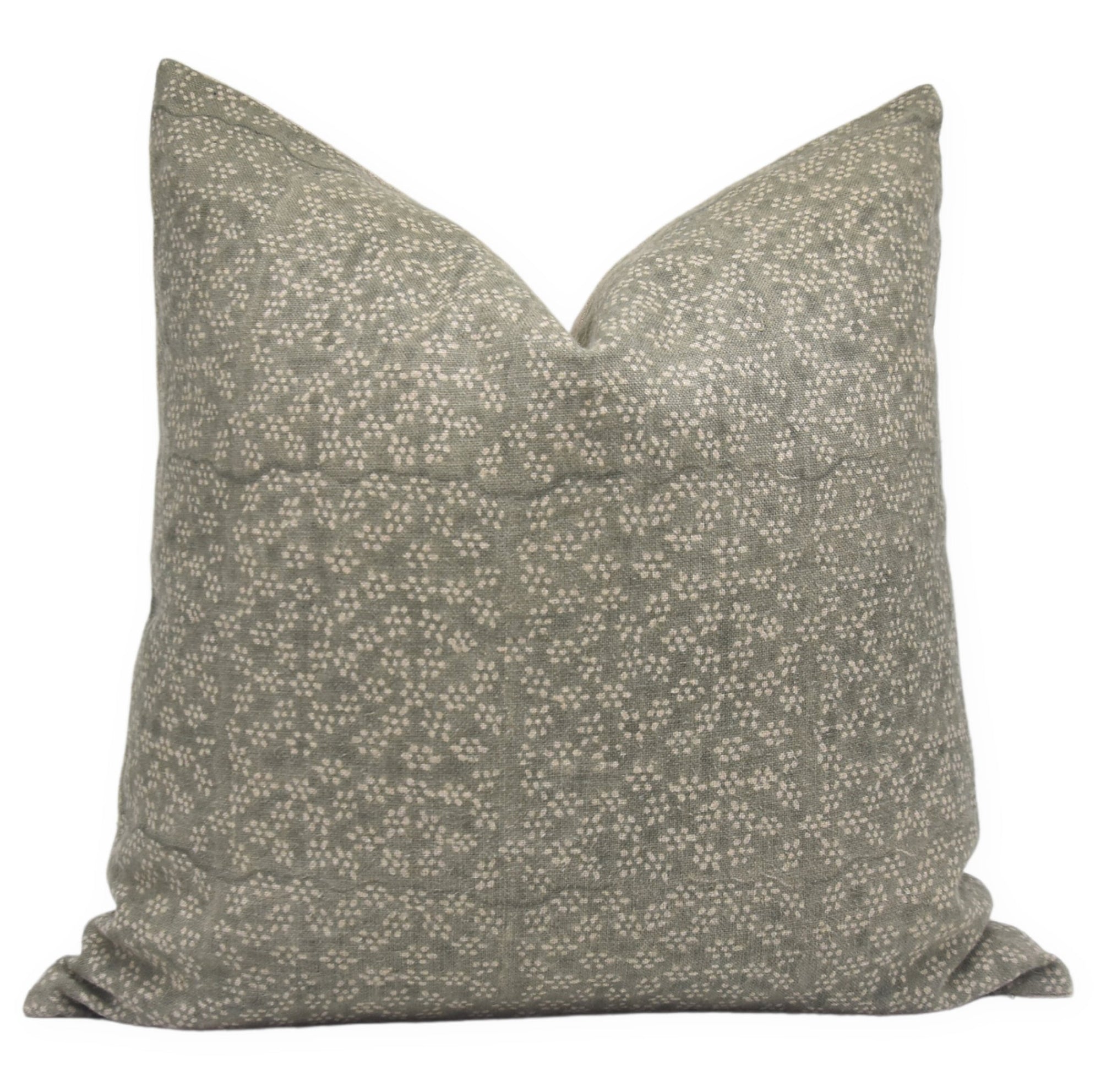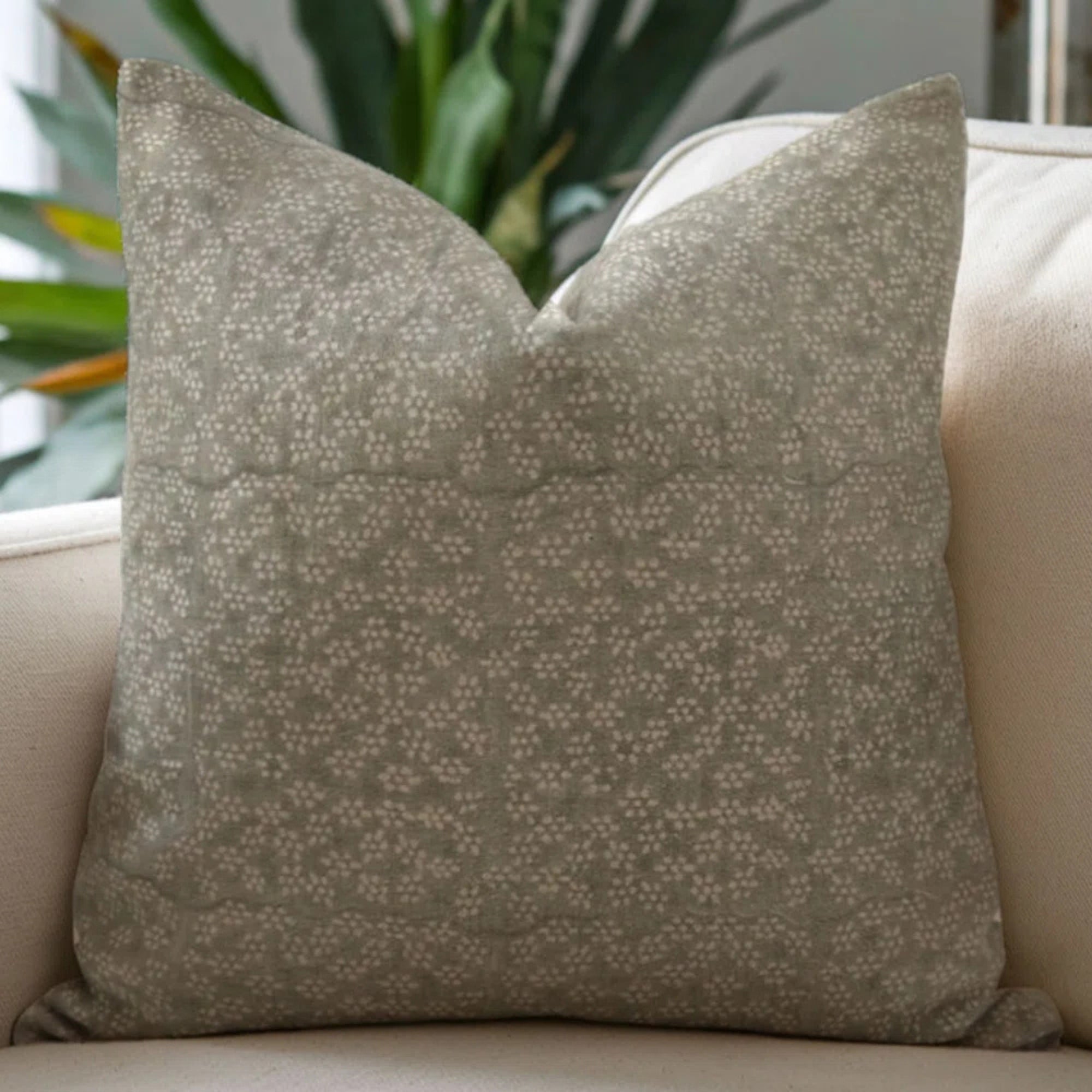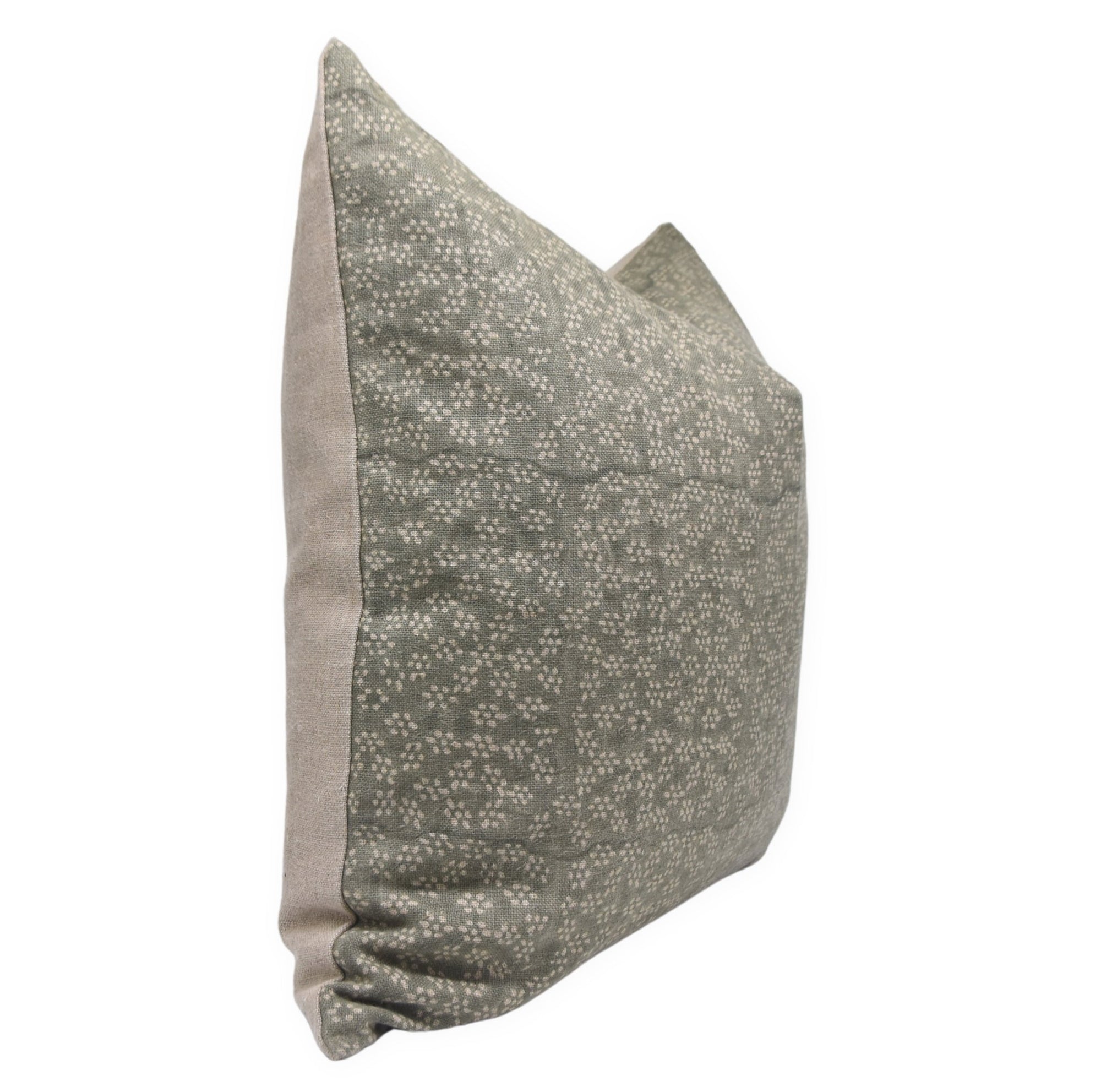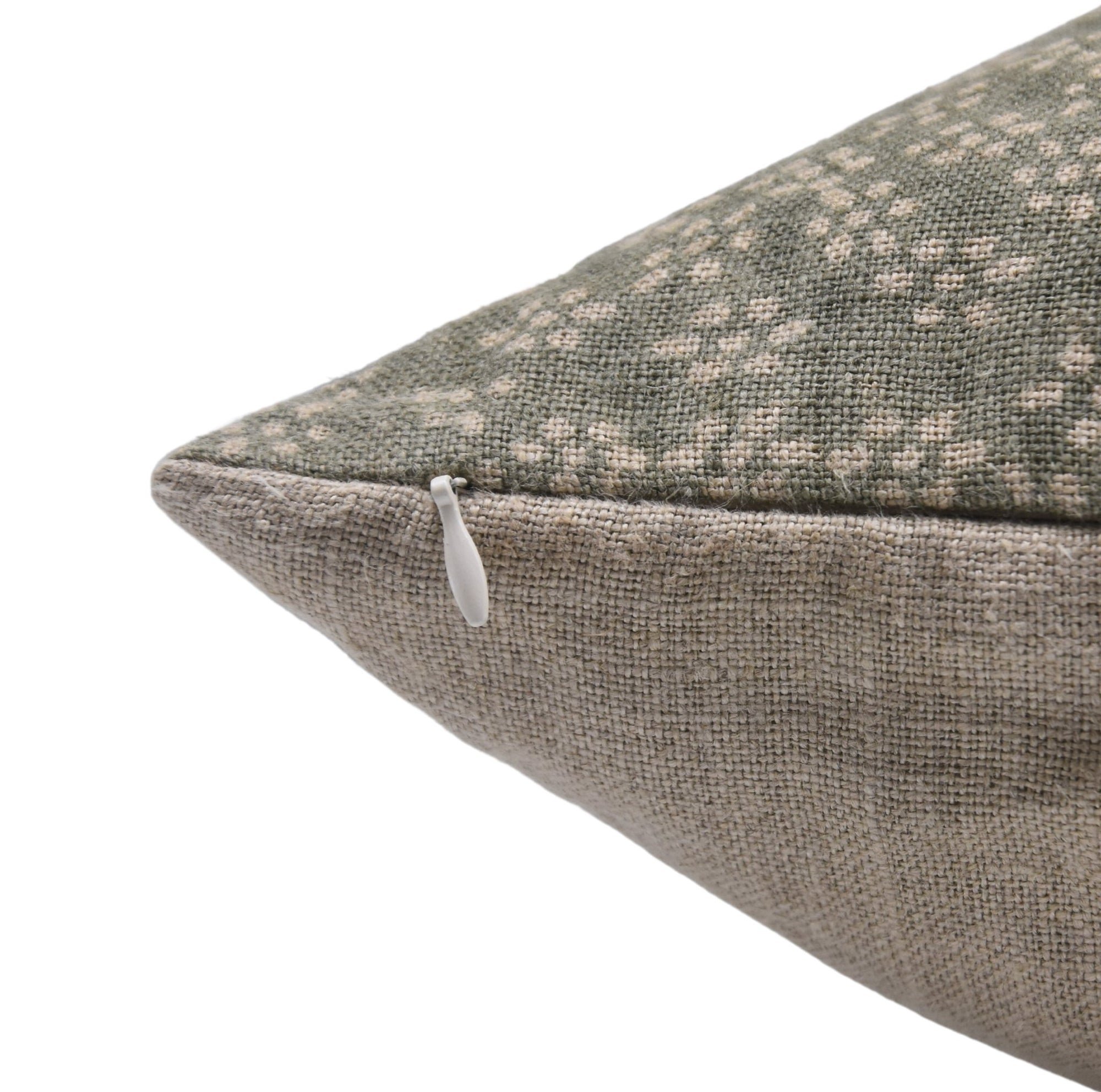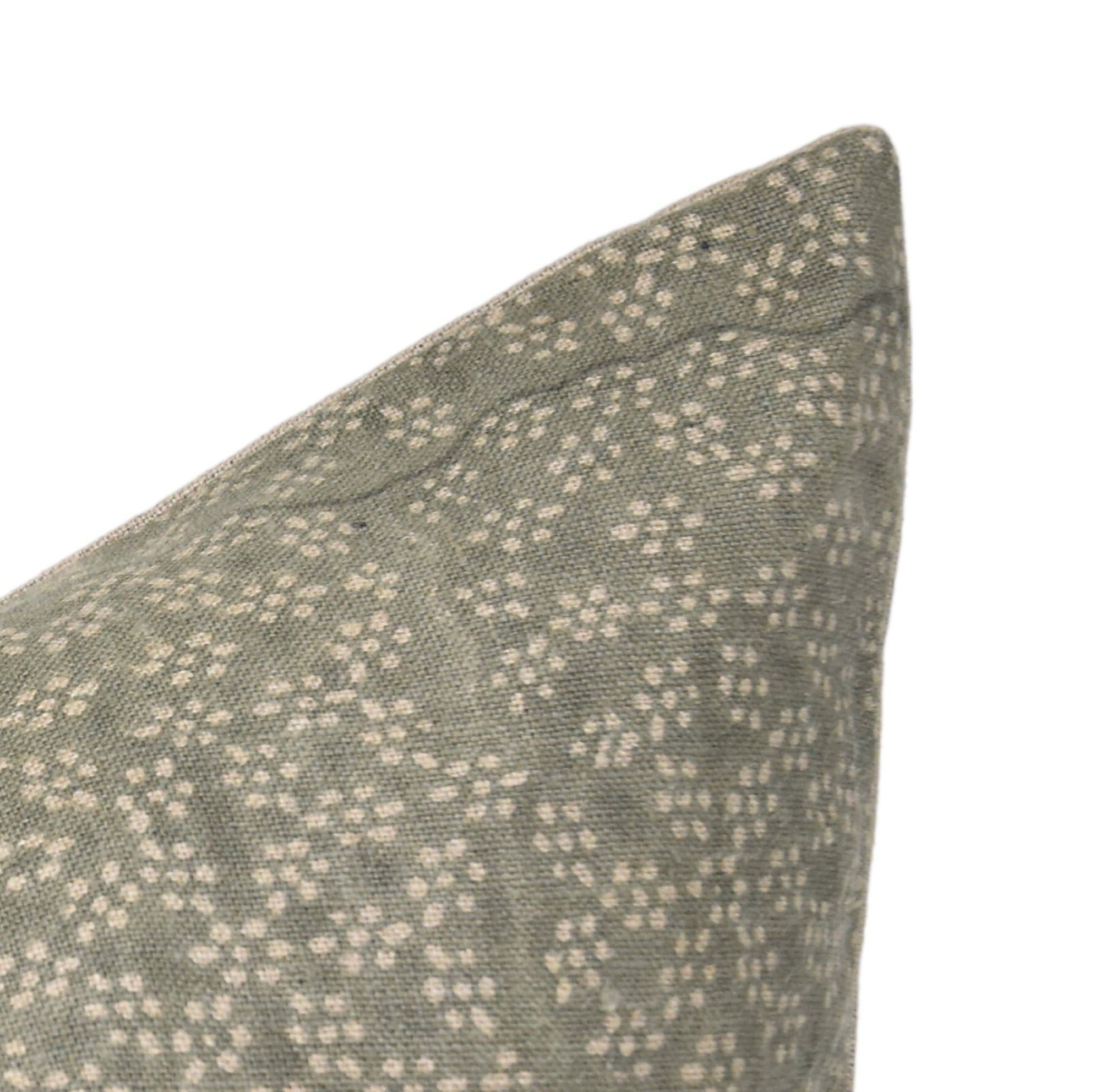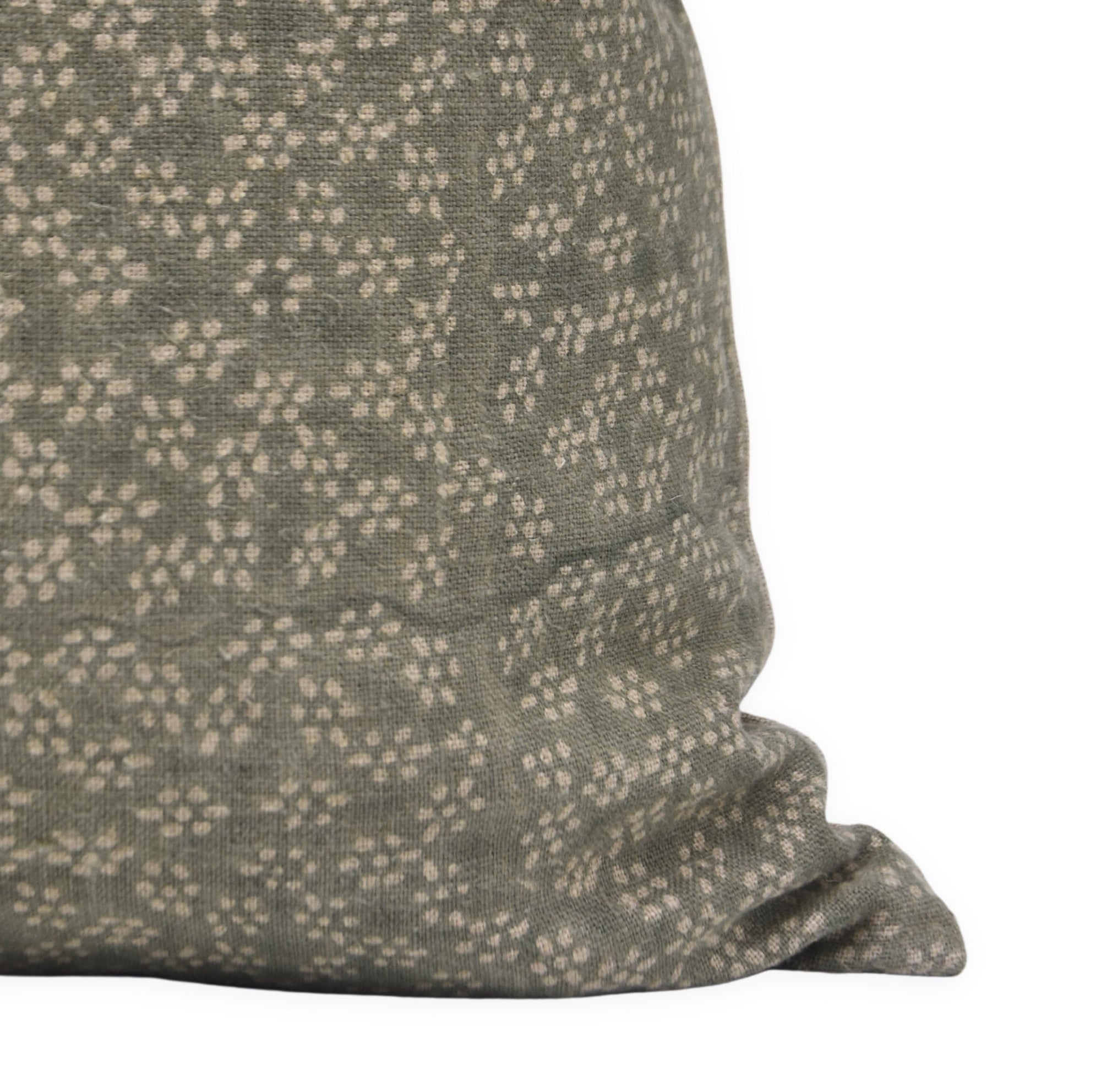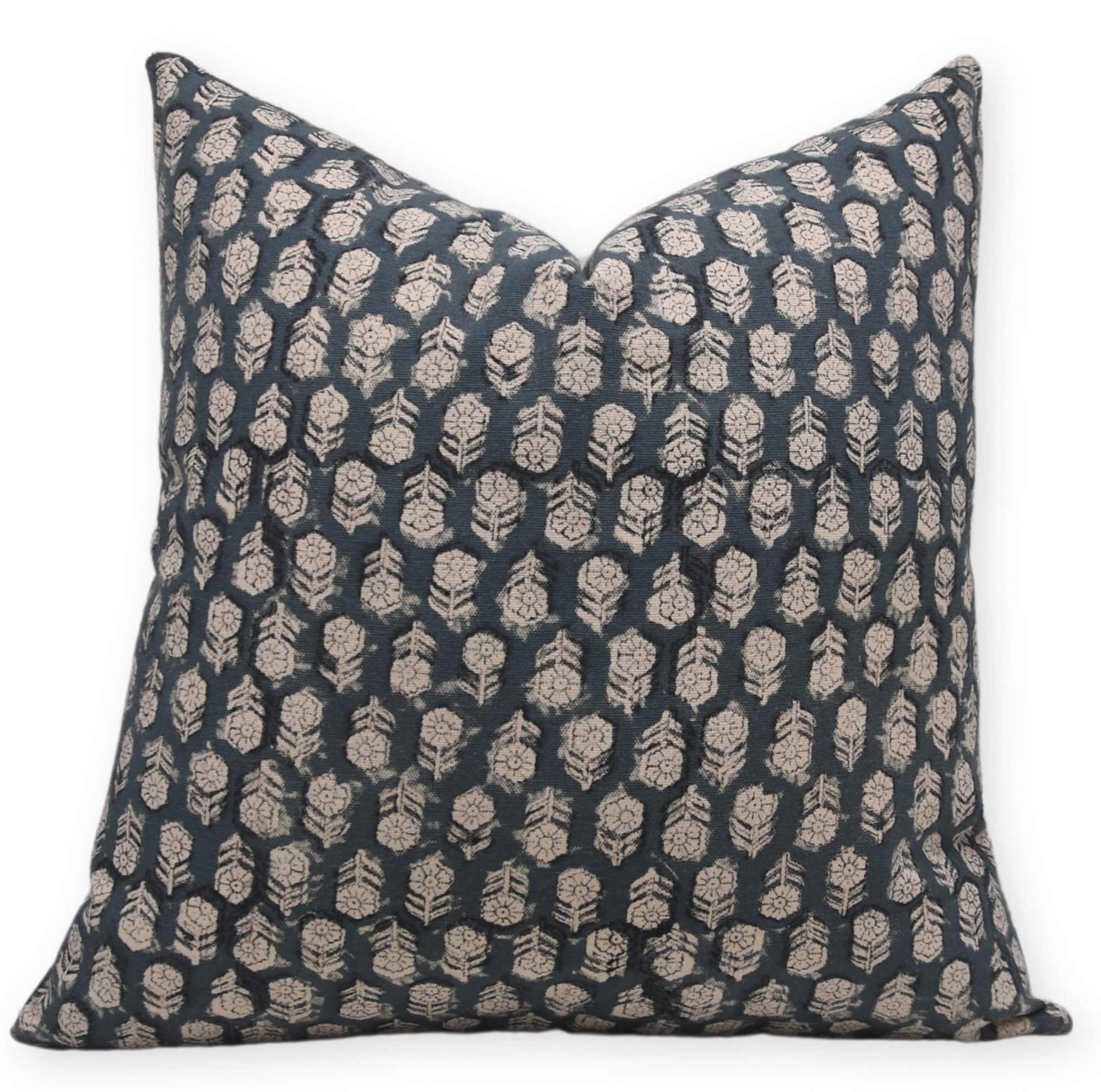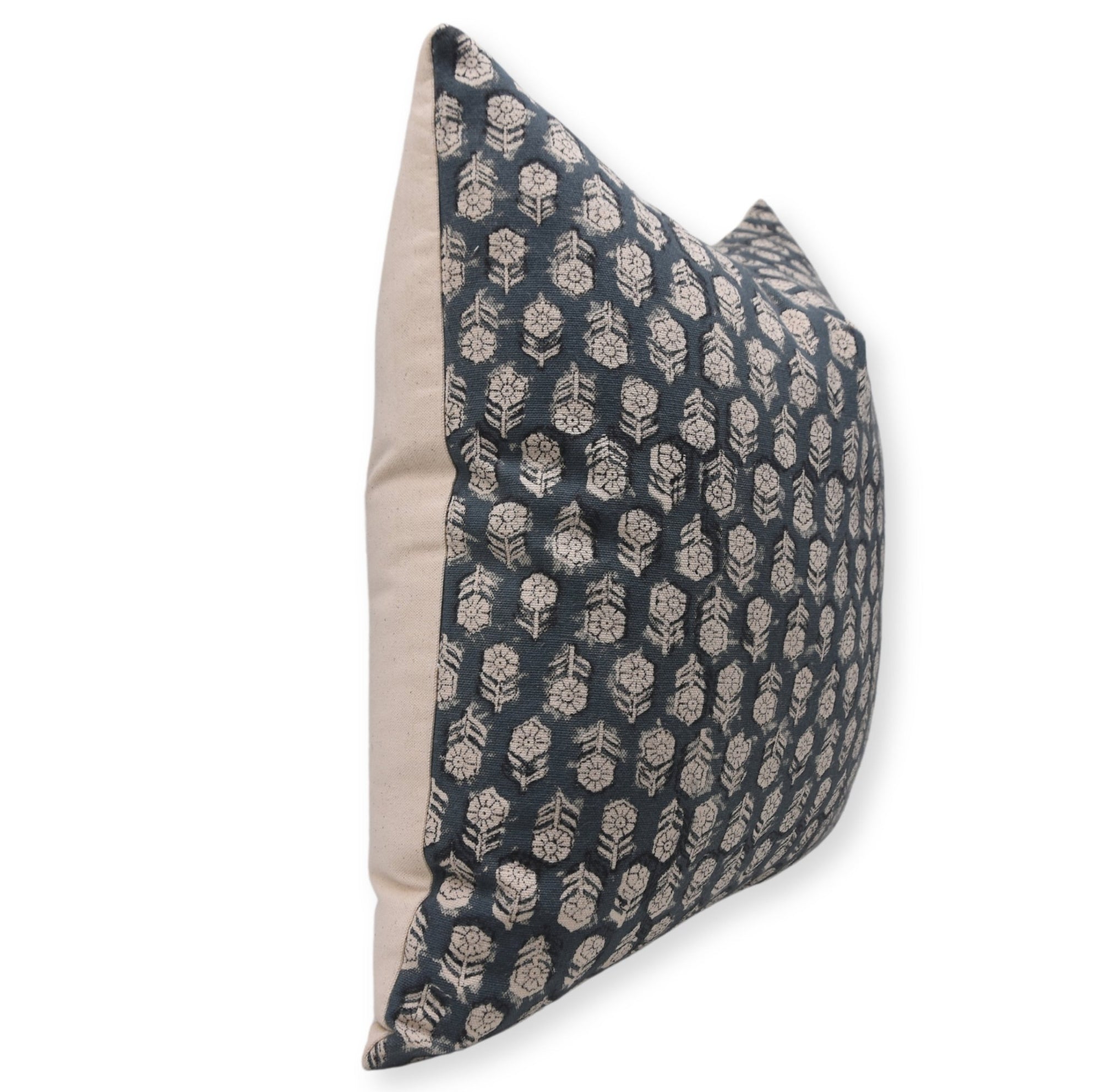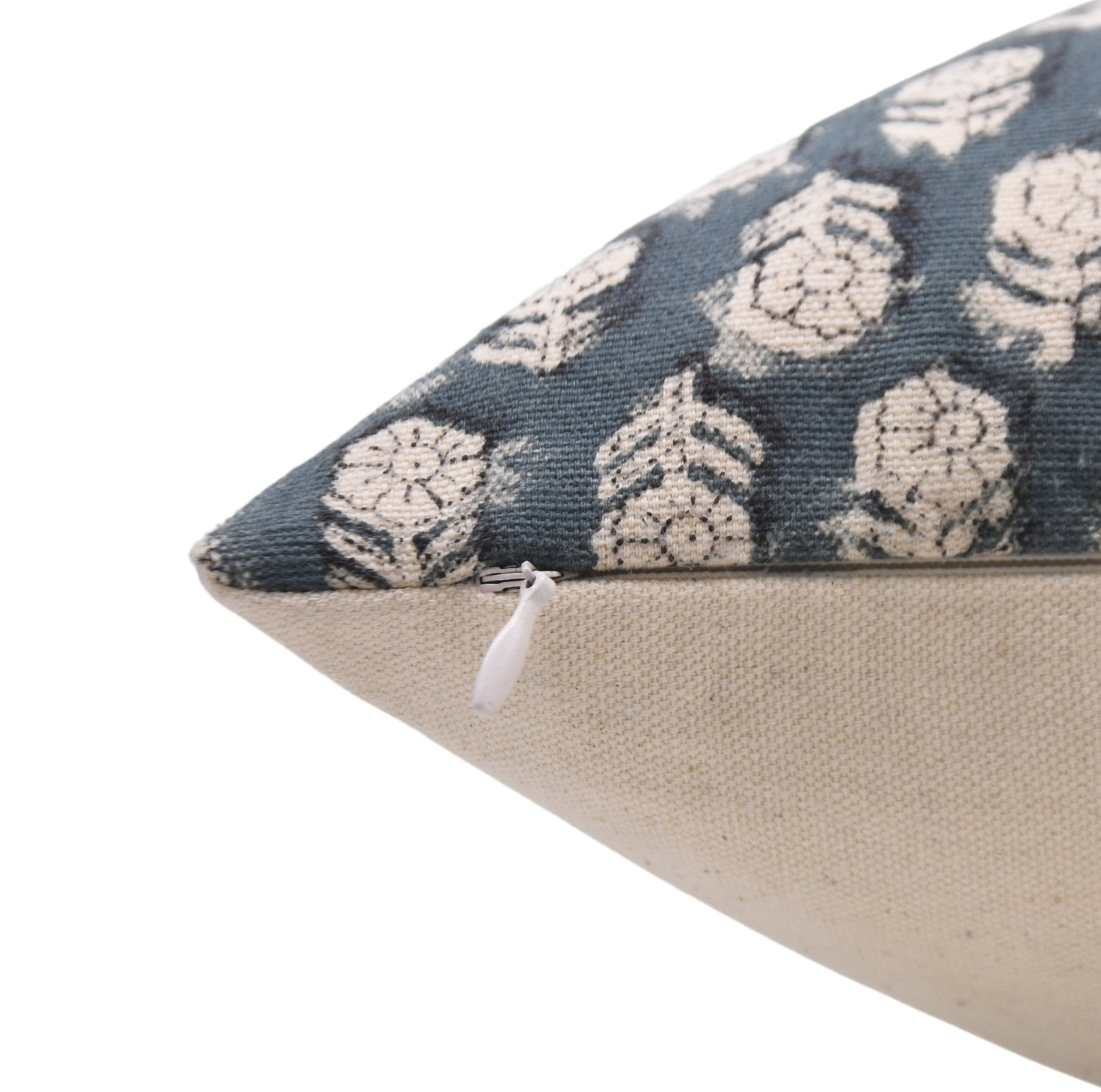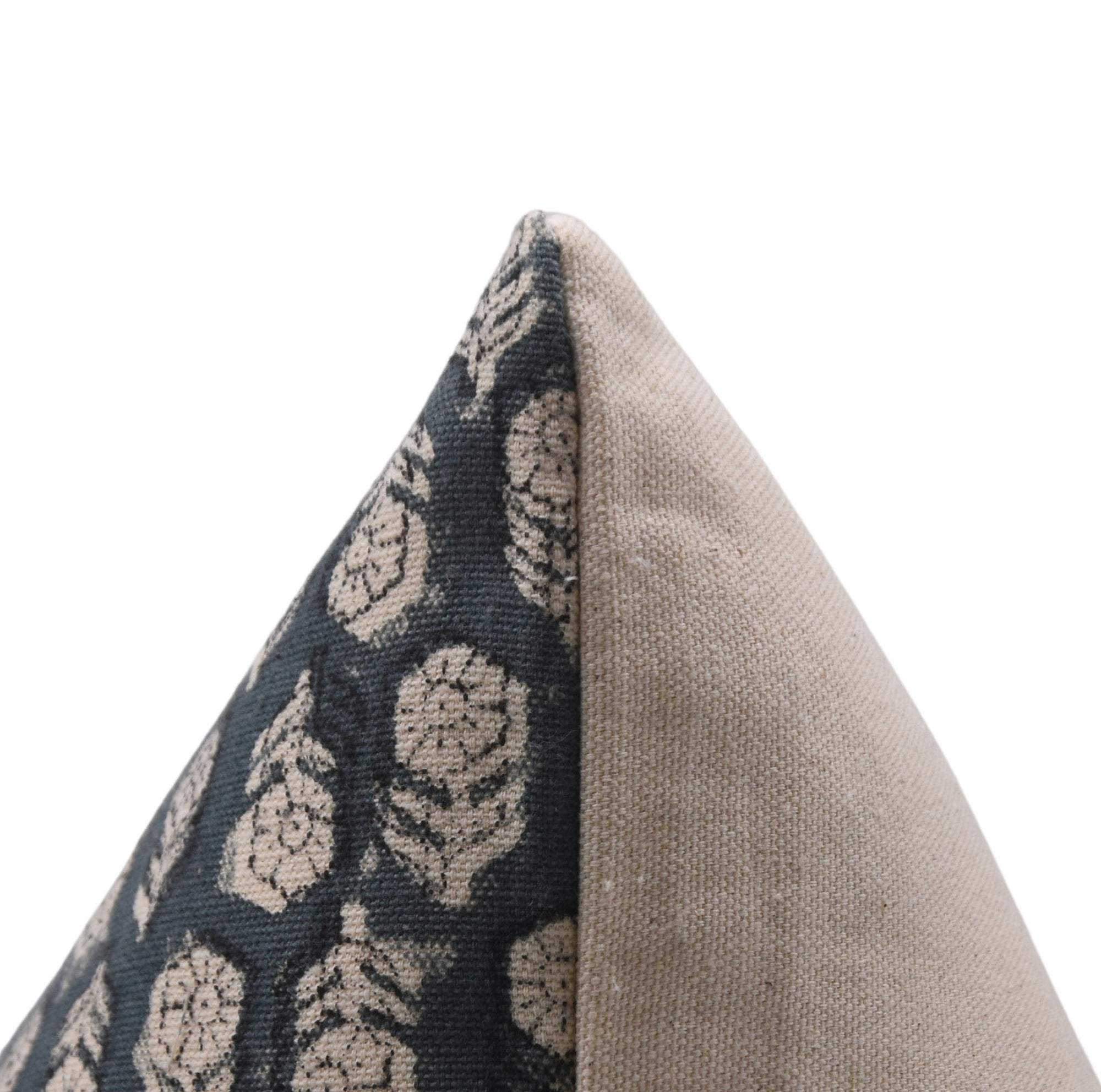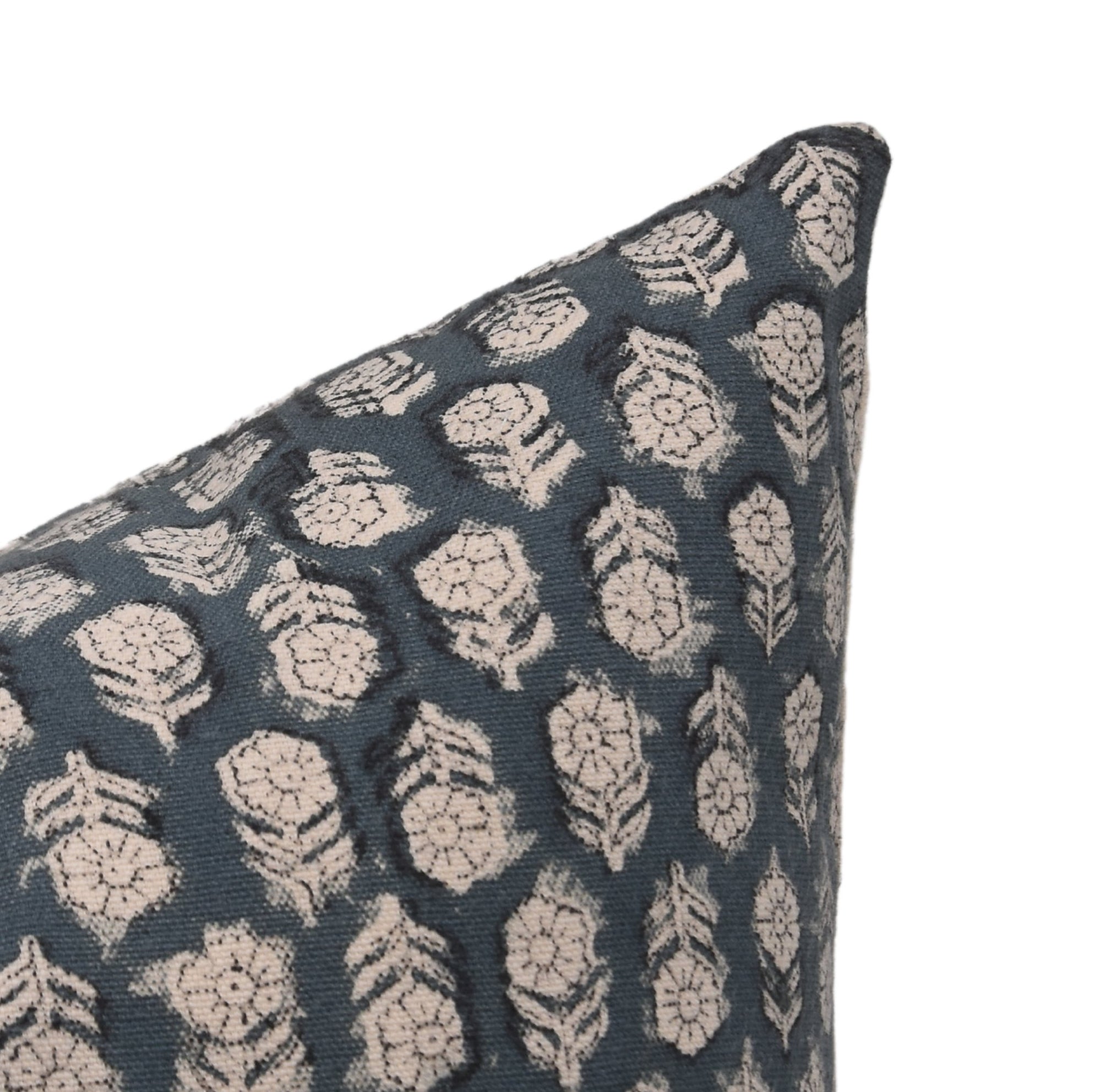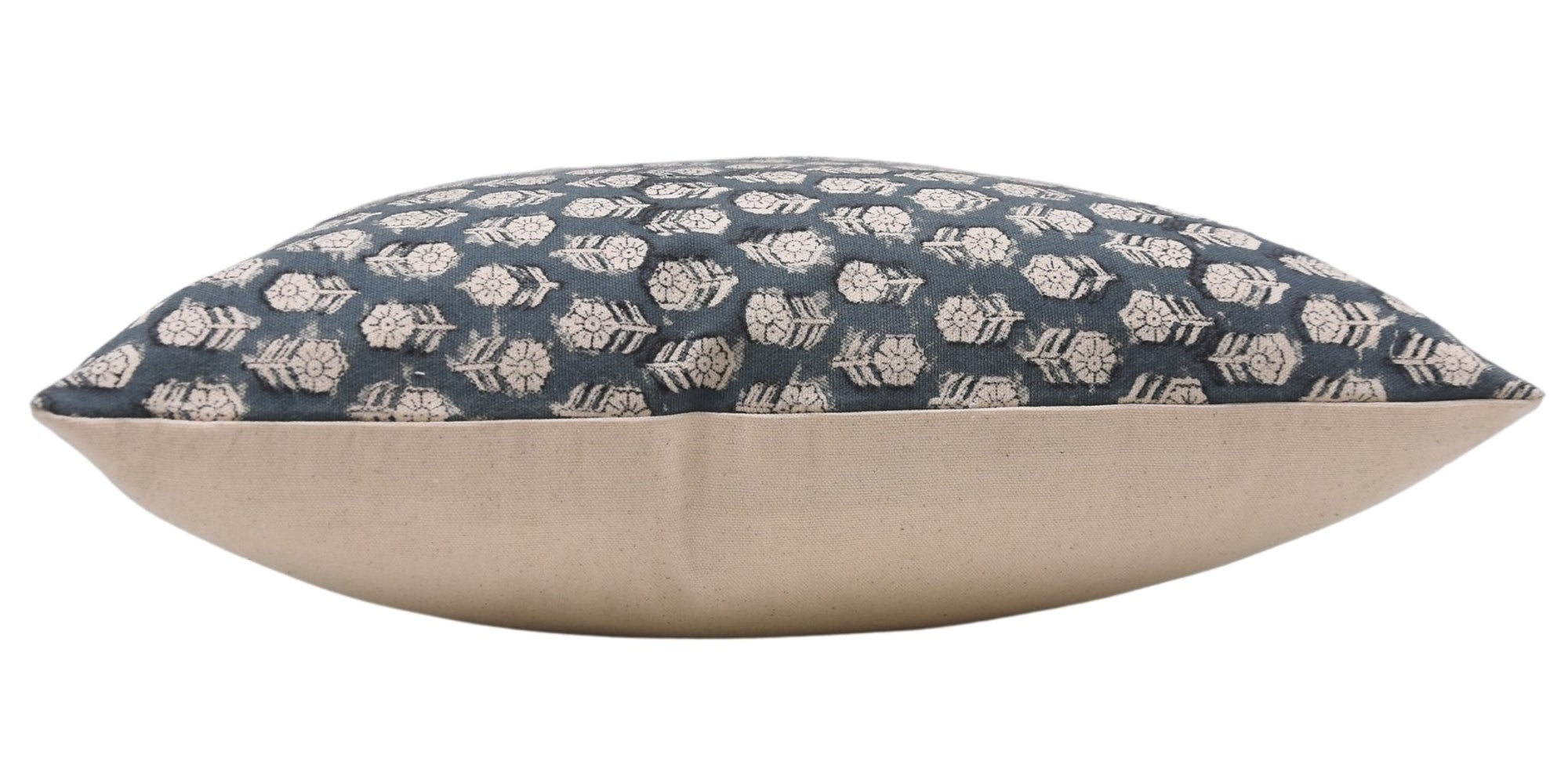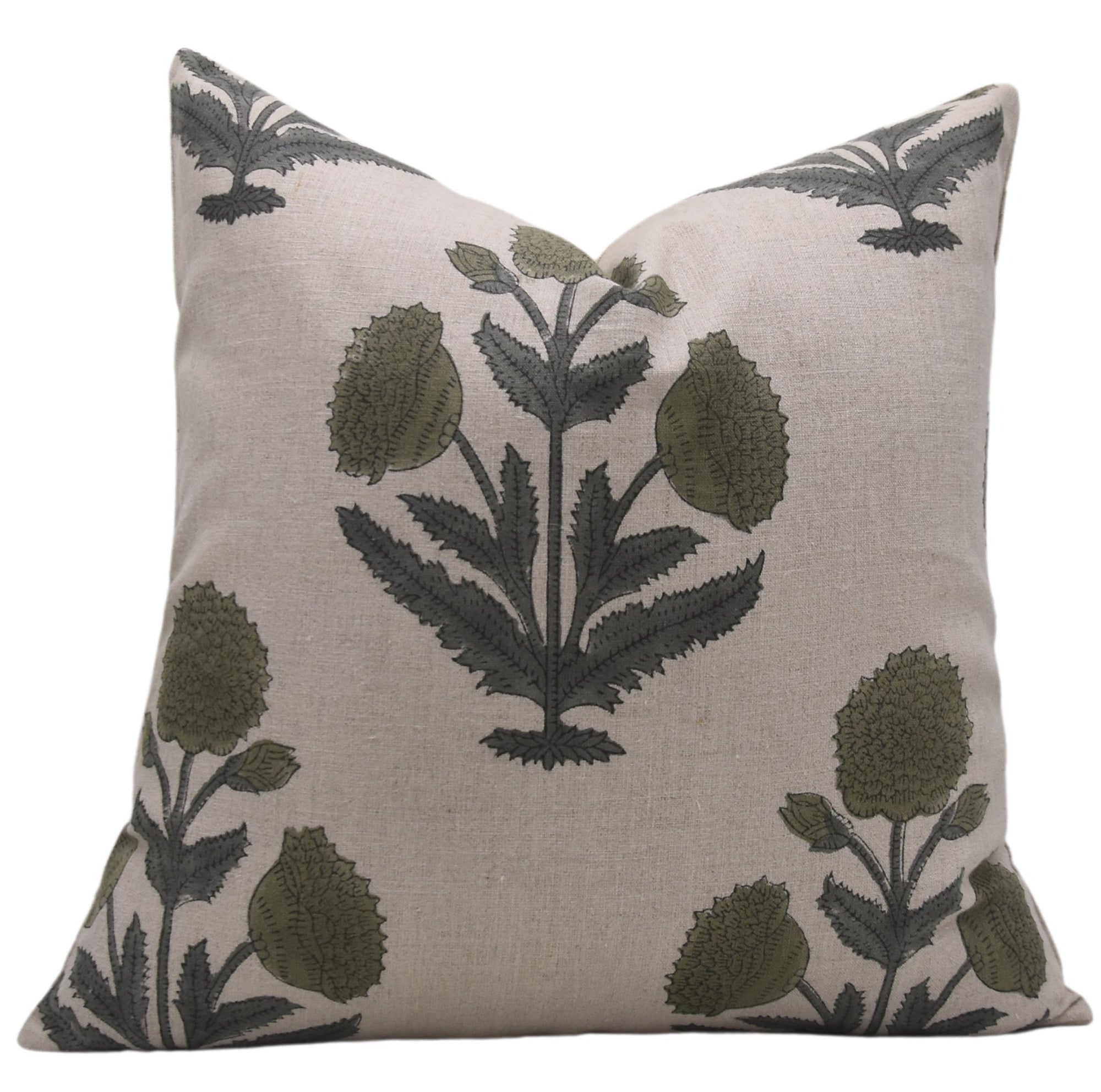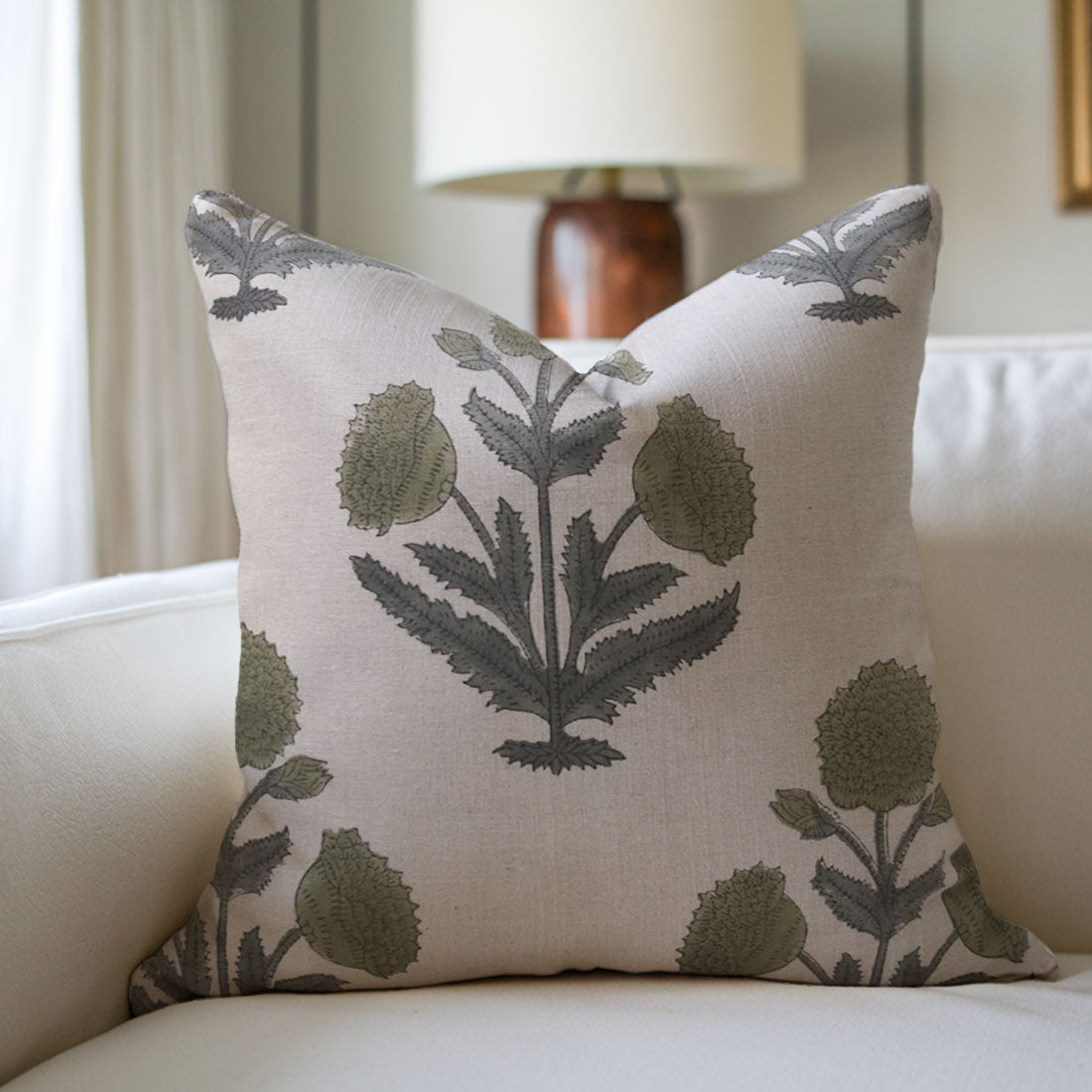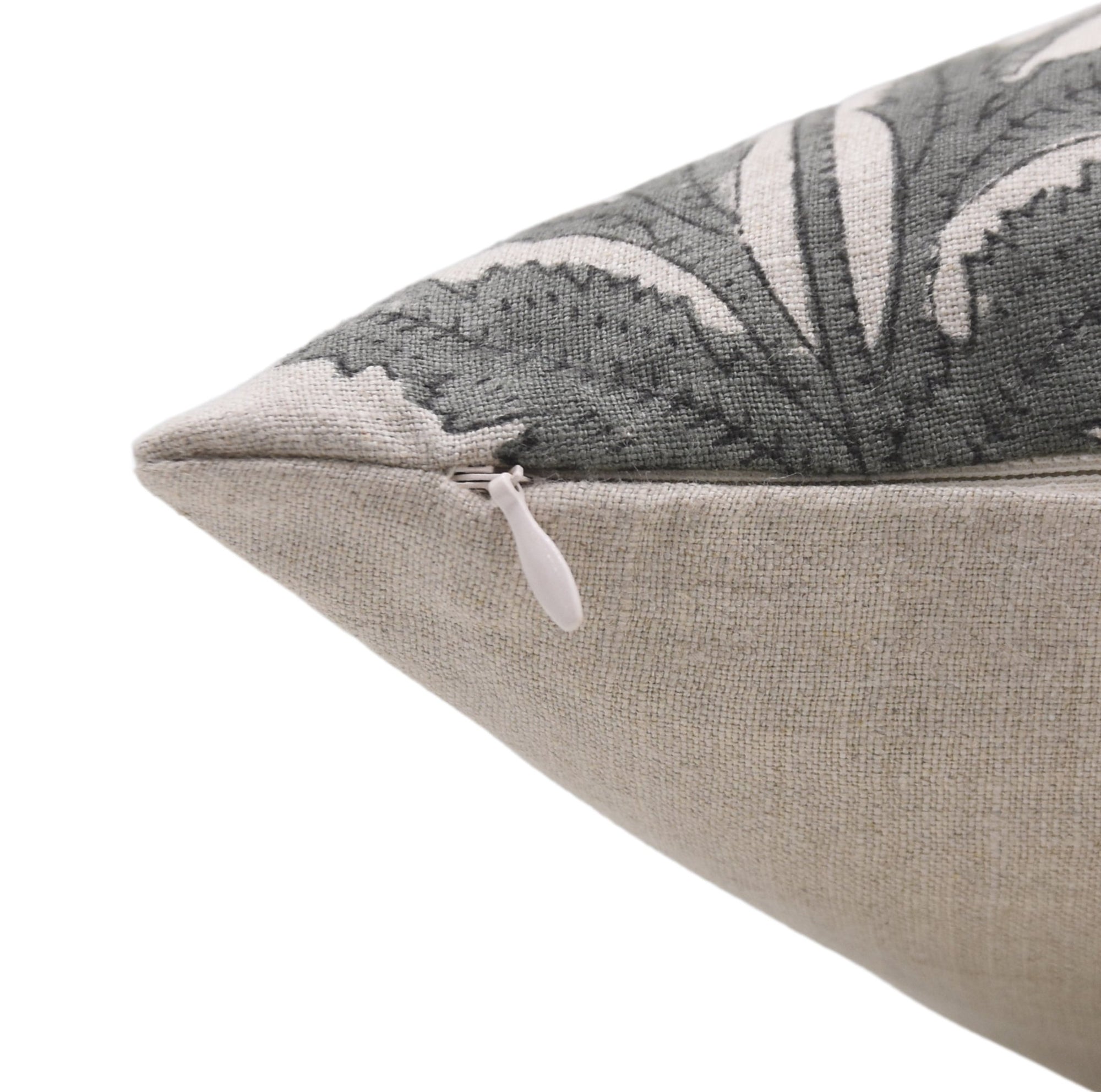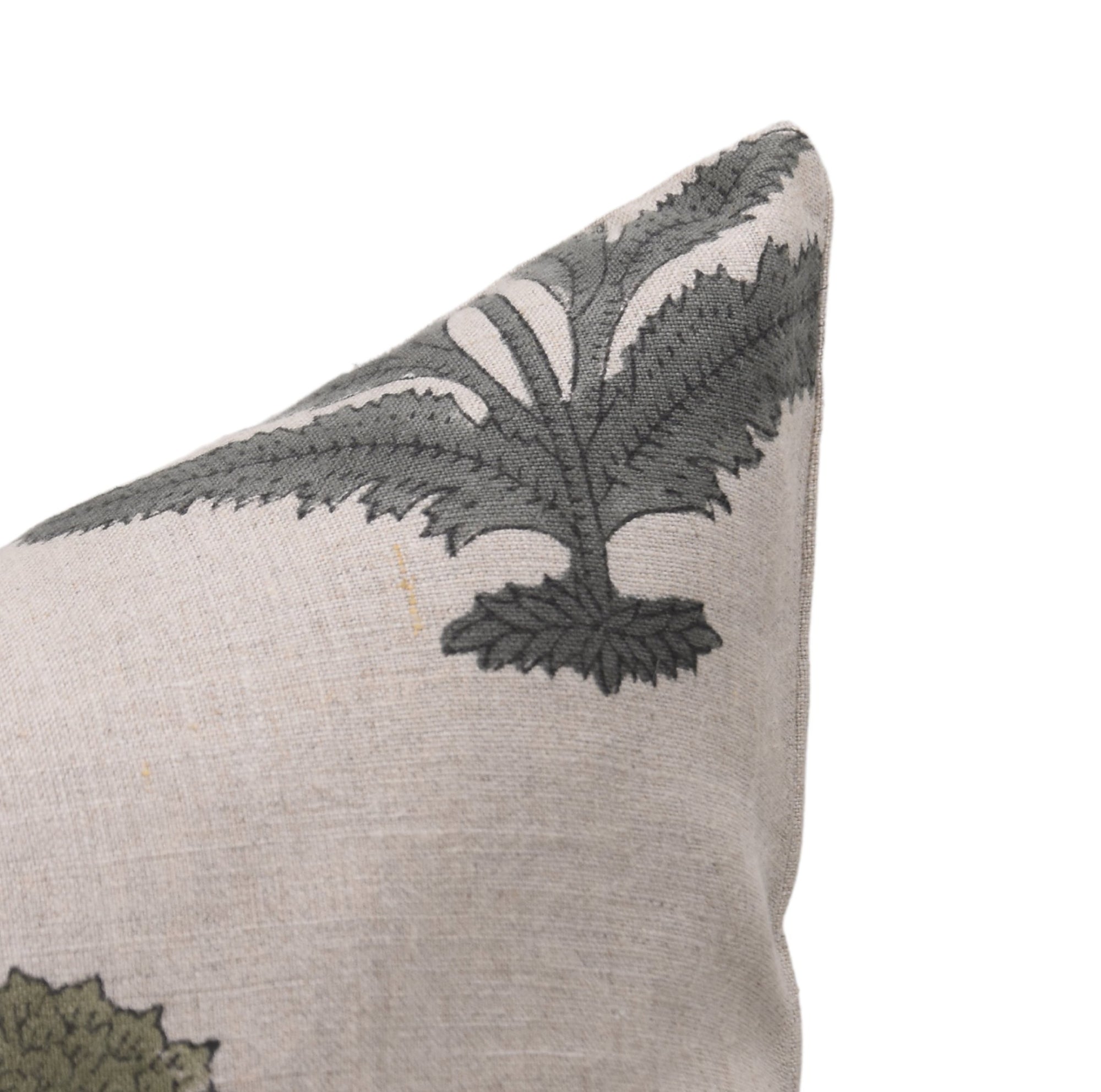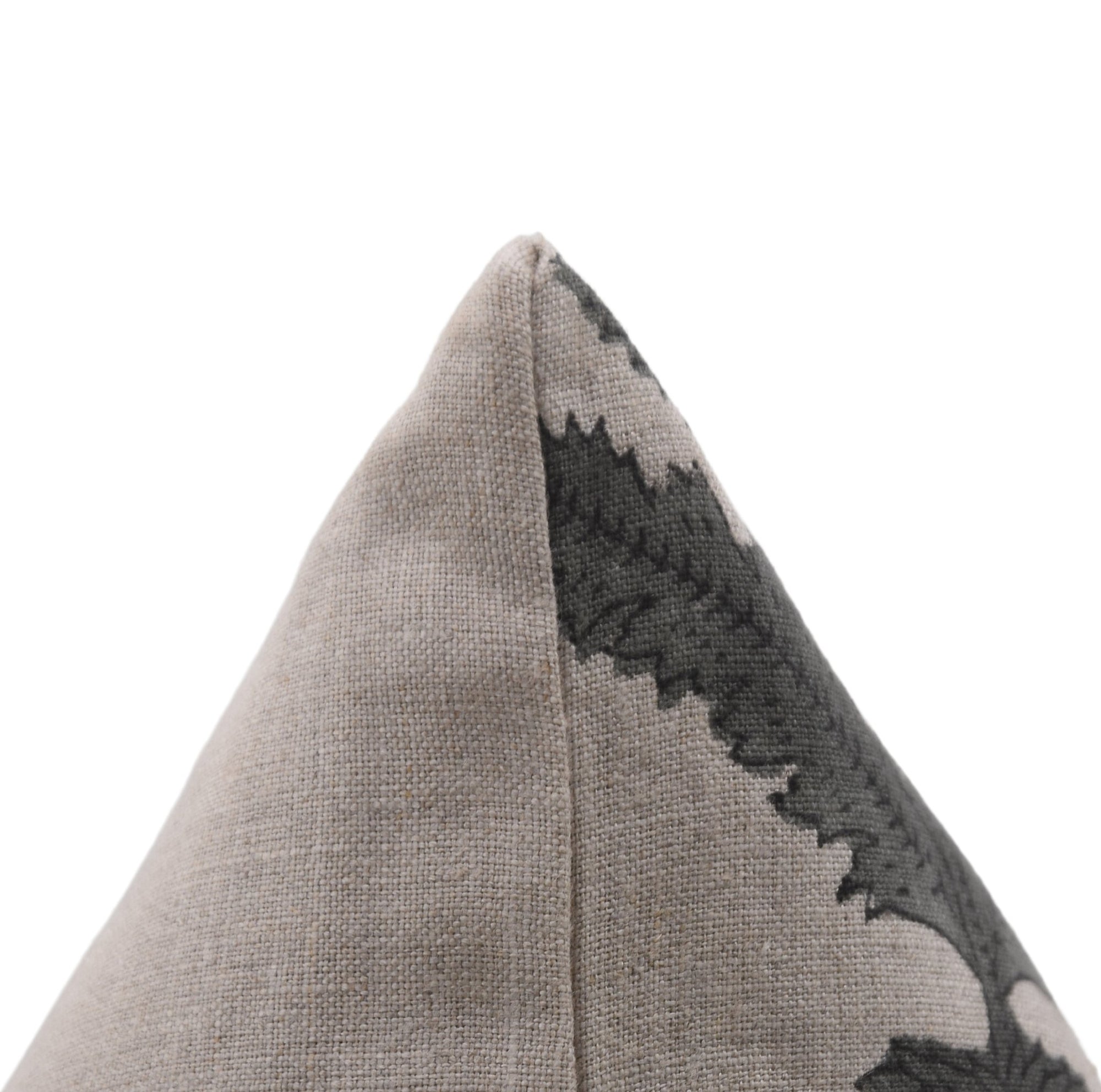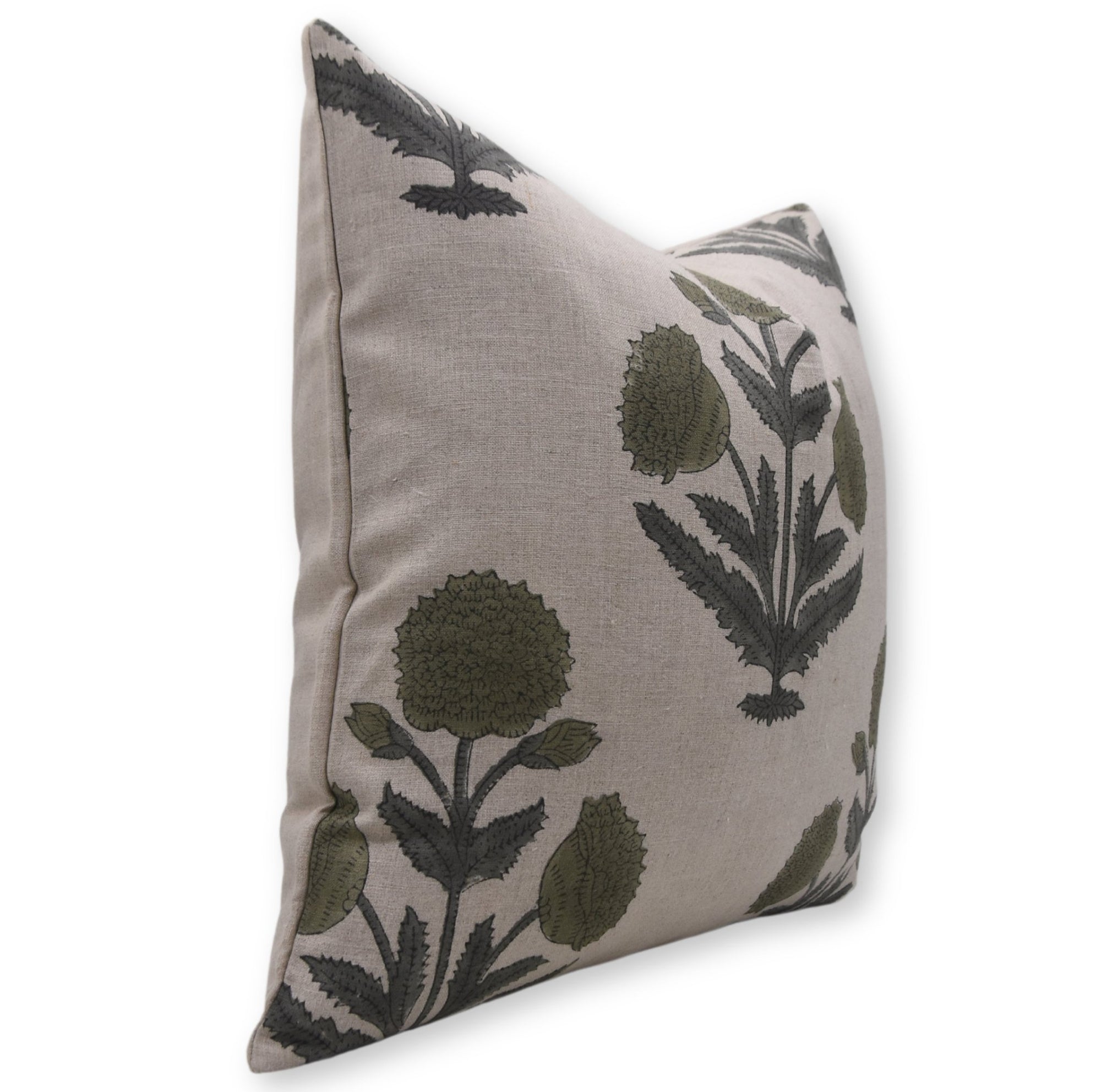Interior design is still a powerful tool for anyone who wants to change his living environment permanently and for the better. A few essentials of interior decorating will help regardless of whether you are beginning or looking to upgrade your current home. This is the beginner’s guide to staging where we shall seek to establish key concepts as well as strategies and techniques that will assist people to stage their space effectively with ease.
For the readers or individuals who appreciate the added beauty that books can bring to a home, you can also enhance your home with some other cool ideas such as color-coordinated books or showcasing some hardback books for sale. So let me introduce you to the most important aspects of interior design and how even hardcover books naturally fit into the decor scheme whether you sort them by color or style.
Read The Elements of Interior Design
Interior design can be challenging especially to anyone who has no prior knowledge of what it entails. However, knowledge of several fundamental concepts will go a long way towards making things easier. Here are some essential interior decorating basics to consider:
- Focus on Function First
There is no room for waste in your house – every area should be utilized efficiently. For instance, it can contain a living and dining area, playing the role of a relaxation area, communication zone, or entertainment center. While selecting furniture, lighting, and decor, one should always remember that they are primarily used. Make sure that everything is utilitarian; from the large fluffy sofa for relaxation to an accent table for cocktail parties.
- Embrace Color Theory
Play of color is a very influential element in interior design. While some prefer their walls in a washing shade, others feel that color can affect the atmosphere of a room. First, select the core color that personally appeals to you and can harmoniously fit into the selected room. When you’ve decided on your preferred color palette, consider incorporating items like books on shelves in those colors, as it can be a cheap way of accentuating color as well as function.
- Create a Focal Point
The focal point is a central point in a room – the place where our attention first turns. It could be an attractive fireplace, a huge painting, or a stylish impressive bookshelf with closed hard-bound books. In other words, it is possible to use a focus to help determine how the other furniture and accessories in the space will be arranged, thereby creating a harmonious design.
Decorating with Books:- Interior Design Cerise
Understanding an ageless strategy into the best of inside structure. Book as a decor item is very versatile. They make a room more elegant, dynamic, and unique. Below are some ideas on how you can incorporate books into your decor and have the best results.
- You should suppose the usage of color-coded books for the overall consistency of the design.
The differently colored books not only look professionally arranged but also bring personality to a room. This style works perfectly if you are in a position where you want to bring some organization to a huge bookshelf or if you are organizing your books based on the color of the room. Colored books are colorful, create interest when placed, and order a room through proper arrangement.
- Think about Hardbound Books for Sale
If you are planning on expanding your collection then one of the best products on the market that will give you that ‘quality’ feel is hardback books for sale. Cookbooks in particular are more hardbound, and the beautiful spines of these books can last longer and even give aesthetic appeal to any room. Collect retro shelves from stores nearby, or get cheap hard-covered books online so that you can easily get a great look without going over your budget much.
- Stack Books Creatively
As you well understand, stacking books in weird ways can help you elevate your decor. It is possible to create small stacks on the table or the shelf, they might serve as bases for vases or candles. Having the different heights and colors will create further dimension to the area which will in part help to diversify it.
How to select the right furniture and accessories
That was our brief introduction to some basics and tips on books as home decoration Now, let’s move on to choosing furniture and accessories.
- Start with Statement Pieces
Spend money on one or two showpieces such as a comfortable sofa, an elegant chair, or an interesting center table. These are items that will give character to the room and serve to determine the flow of the decor. If your style of home décor tends towards putting more things into the room, then you may need to have a large bookshelf with books sorted by color as the main item of the interior.

- Choose Accents that Have Texture and Pattern
Texture and pattern simply make a room come alive. One can choose varied materials such as wooden texture metal texture and fabric texture for visual breaks. Include cushions, floor mats, and blankets that are in the other colors that blend with the selected colors. Books placed on the coffee tables or shelves can be chosen to be interior design ones to serve as good accessories that perform the function and simultaneously look esthetically good.
Useful Recommendations on How to Arrange and Take Care of Your Interior
Once a security-enhanced space has been created it then becomes crucial to keep the space in this secured state. Here are some practical tips to keep everything looking great:
- Turn Clothing and Toys Twice a Year
But when it comes to small ornamental items that are not strictly necessary for the room to operate as a liveable space then changing them with items appropriate to the current season is a good way to keep your house from becoming stale. For example, when hardback books that have been displayed are to be changed, they can be changed to display differently colored or different covers for the year. One can also place candles, flowers, or a small item that specifically reminds one of the season of the year.
- Keep Your Space Clutter-Free
While furniture helps to adorn the interior, too many decorations can only be considered as an ornament. Make sure that everything in your room has a meaning though it may be an ornamental one. It is also important for you to assess your constants and assess what elements are or are not adding value to your décor.
- Cleaning and Caring for Your Hardback Books for Longevity
If books are used as decorations, then cleaning them should be a priority you cannot afford to overlook. To retain their colors, and appear new, wash them frequently as a way of dusting them. If you are handling precious copies that are vintage or rare, better to place a sheet over the hard covering of the book.

Conclusion
Quick Conclusion on Styling with Interior Design Basics Interior decorating basics do not elude the visibility of style in a room hence it’s easily doable to come up with a good-looking room that is functional. They highlight color-coded books, beautiful hardback covers, statement furniture, and bespoke accessories all of which collectively create your vision.
Whether it’s buying hardback books for sale to showcase, or buying cheap hardcover books for an added benefactor, each choice allures the beauty of any home. Take these tips on board, try different trends, and more importantly let the décor reflect your personality and the pleasure you get out of the design process. With these essentials, you will be on your way to a perfect home that will be beautiful, comfortable, and warm.
FAQ’s
- What are some essential books for beginners in interior design?
Here are some essential books for beginners in interior design:
- Cathy Hobbs:- The Interior Design Handbook: Practical Advice on Designing Stylish Interiors – Overviews common guidelines and valuable recommendations for making stunning homes.
- Domino:- “The Book of Decorating by Deborah Needleman” - A visually filled book where content and style are combined to help the reader obtain key tips with ease.
- Styled:- How to Style: “The 5 techniques for organizing spaces from tabletops to bookcases” written by Emily Henderson.
- Homebody: “A Guide to Creating Spaces You Never Want to Leave” by Joanna Gaines- This is a good source of information when it comes to concretizing comfort in spaces.
- “The Complete Idiot’s Guide to Interior Design” by Janet A. McCarty – A general view of introduction to interior design for the learners. These are books that lay ground basics of interior design, some fashion tips and trivia as well as tips to get a beginner started.
These are books that lay the ground basics of interior design, some fashion tips and trivia as well as tips to get a beginners
- What concepts should beginners focus on in interior design books?
Beginners in interior design should focus on the following concepts in design books:
Color Theory: Difference between, color scheme and knowing how color interacts to produce certain feelings.
Space Planning: Knowing how to position furniture properly, as well as how to space different rooms in a home.
Scale and Proportion: Understanding the principles that define the size relationship of furniture and decor.
Style and Aesthetics: Now that the importance of having a design style has been emphasized, learning about various styles and choosing one as the most suitable.
Lighting: Understanding different types of lights and how usage of those can establish a mood.
Texture and Materials: Knowing what to do to get a better understanding of how to use textures and materials in a given space.
Functionality: Being focused on the functionality of the spaces as well as the effectiveness of the ornamentation.
Studying such concepts will give a good and firm start for any layman in interior design.
- Are interior design books suitable for DIY home decor?
Interior design books are perfect for do-it-yourself home decorating. They provide tips on design trends, color coordination, lighting and other aspects which makes the work of a do-it-yourself enthusiast easier when developing a layout and design for living spaces. Many also give detailed illustrated instructions for projects, suggestions for choosing materials, and ideas for putting the personal touch to decoration; readers have all they need to complete construction tasks for their homes.
- What should I look for in an interior design book?
When choosing an interior design book, look for the following:
Clear Concepts: I want students to possess knowledge of what design concepts entail and the findings of design concepts in simple vocabulary terms.
Visual Inspiration: Beautiful pictures and illustrations to inspire you.
Practical Tips: Specific project instructions, directions on how to arrange a house, and ways of decorating.
Variety of Styles: Choose a design style that will fit your personality for your designs.
Case Studies or Examples: Some examples of how the ideas being explained work in actual scenarios.
Resource Lists: You will also find details of where to purchase some of the items, such as the materials and other furniture used, and/or where to locate other teaching aids.
These elements will improve your learning and will also assist you in relating what is taught to your environment.
- Do interior design books cover different design styles?
Yes, most interior design books will take you through various design policies which include traditional, modern, bohemian, minimalist, and industrial among others. They sometimes give brief introductions to each style, major characteristics, colors, textures, and ornaments advice to enhance the readers’ awareness in selecting preferred styles for their house.
- Can I learn how to use colors and patterns effectively from interior design books?
Of course, any course in the interior design books has chapters on color and pattern, which describe how to generate proper colors and properly match patterns. These include advice on selecting the right hue of colors that will go well with each other as well as strategies on developing focal points as well as striking appropriate rhythms for erratic patterned walls. Such information enables the readers to use color and patterns effectively in their places with confidence.
- Are there books that help with organizing and decluttering?
Of course, some books are dedicated to organizing and decluttering, for example ‘’The Life-Changing Magic of Tidying Up’’ by Marie Kondo and ‘’The Home Edit’’ by Clea Shearer and Joanna Teplin. Unfortunately, these books have even more detailed recommendations on how to approach the organization of spaces, how to reduce clutter and how to come up with effective, as well as beautiful storage solutions so that the home would remain neat all the time.




